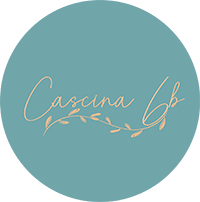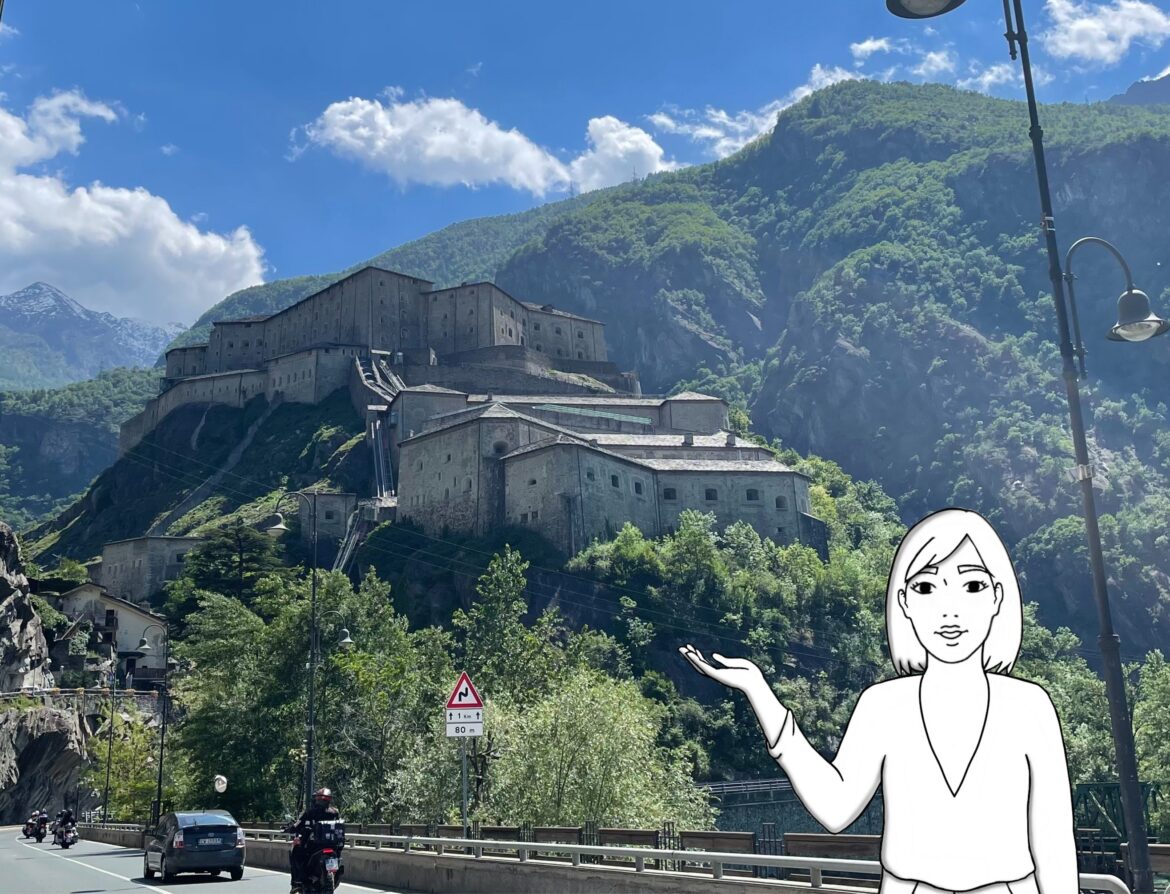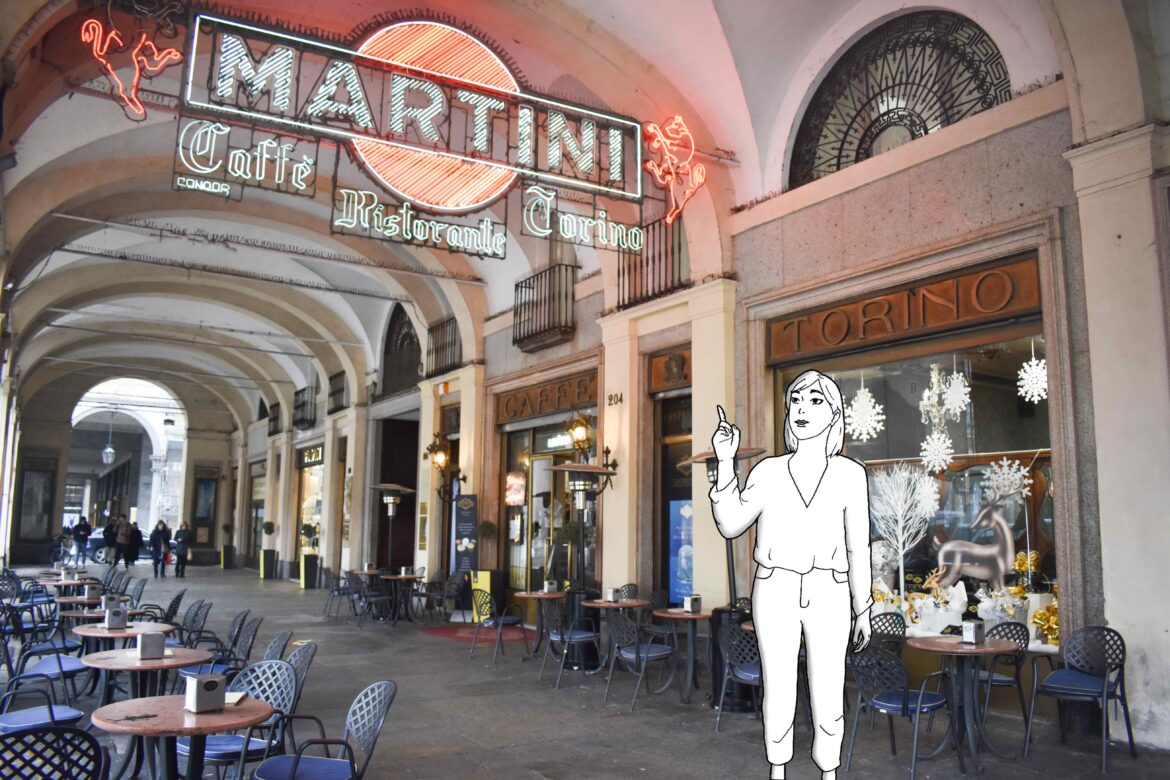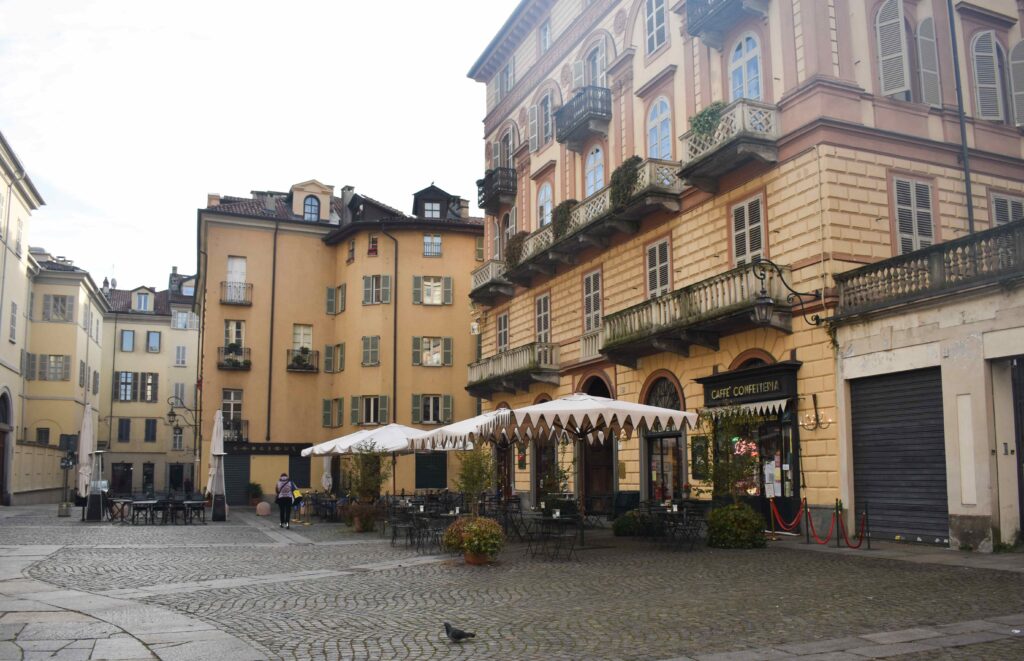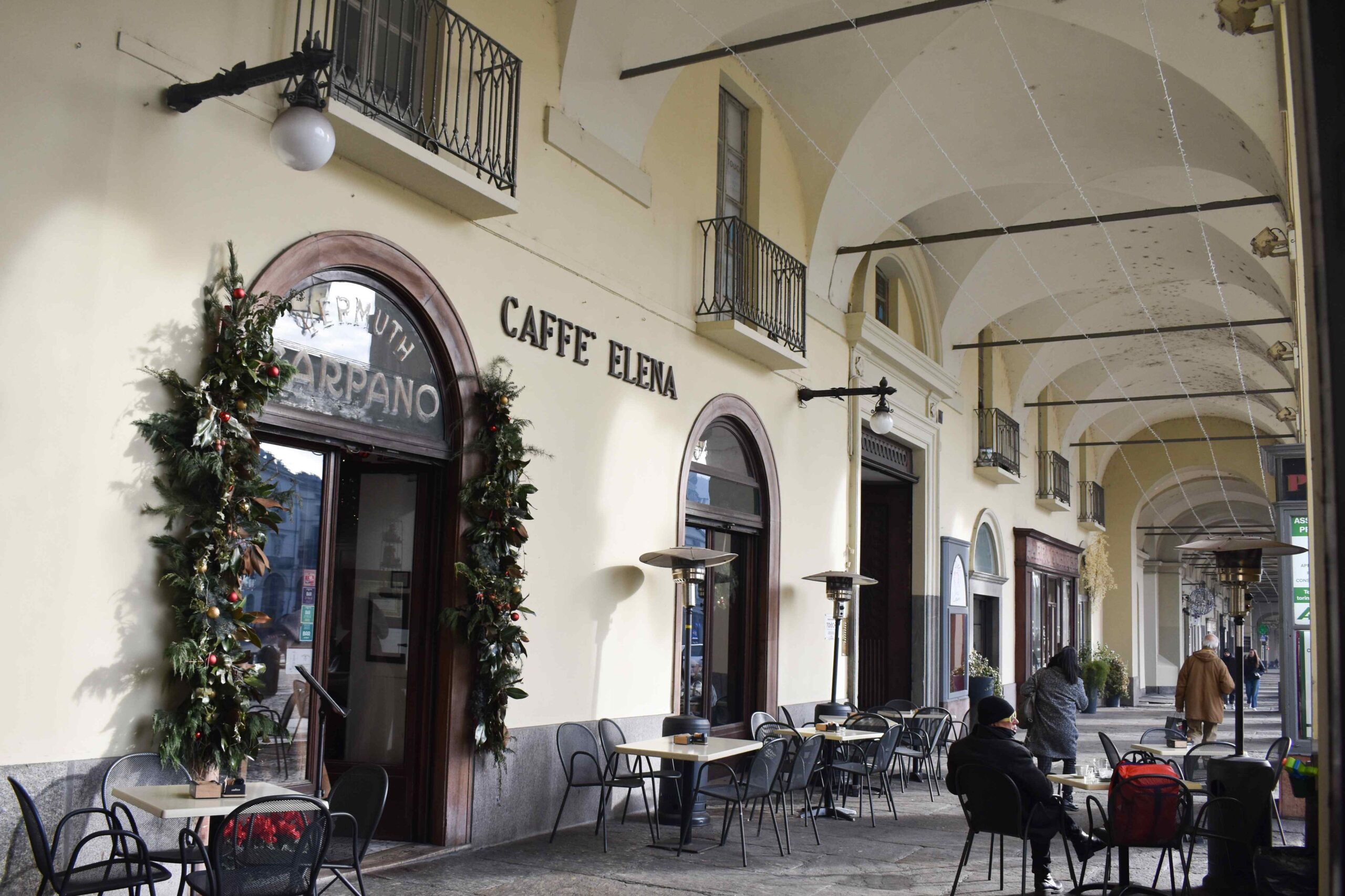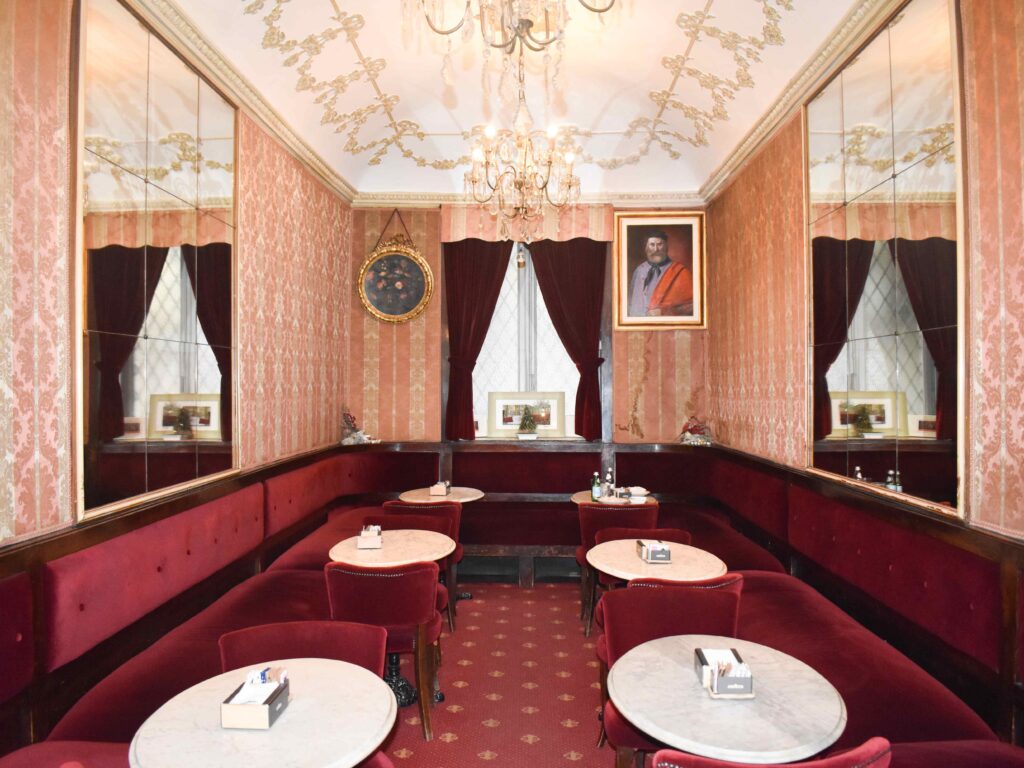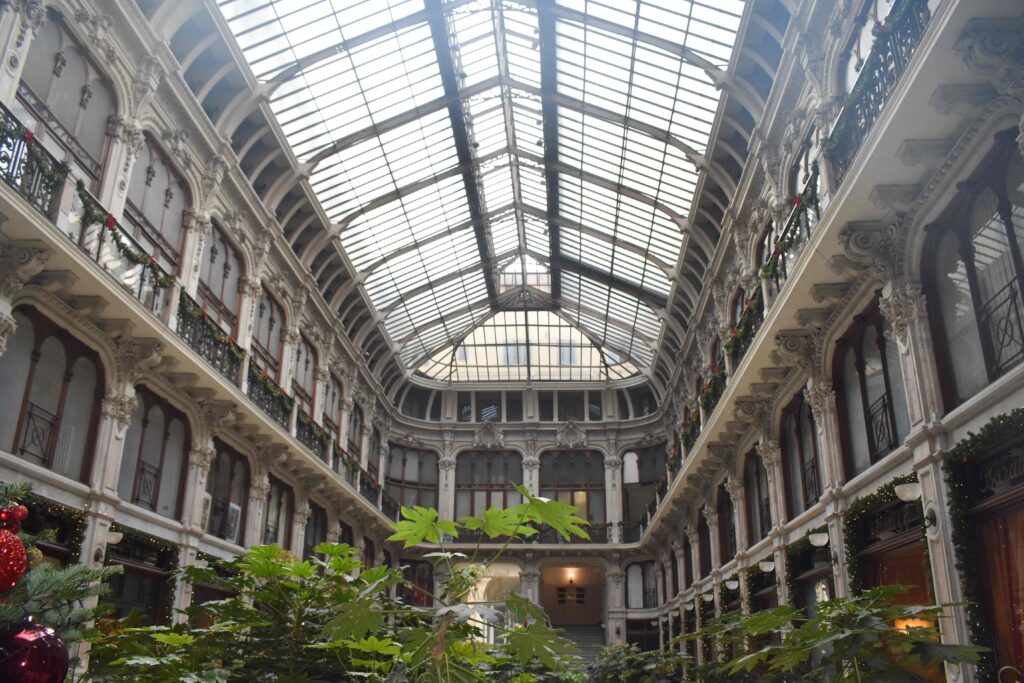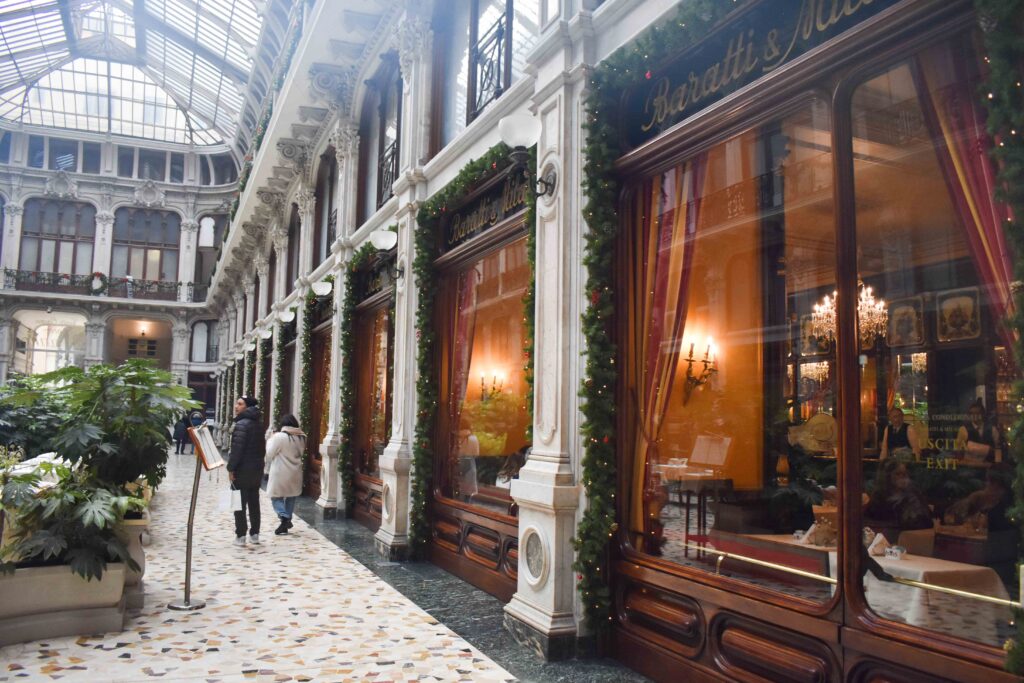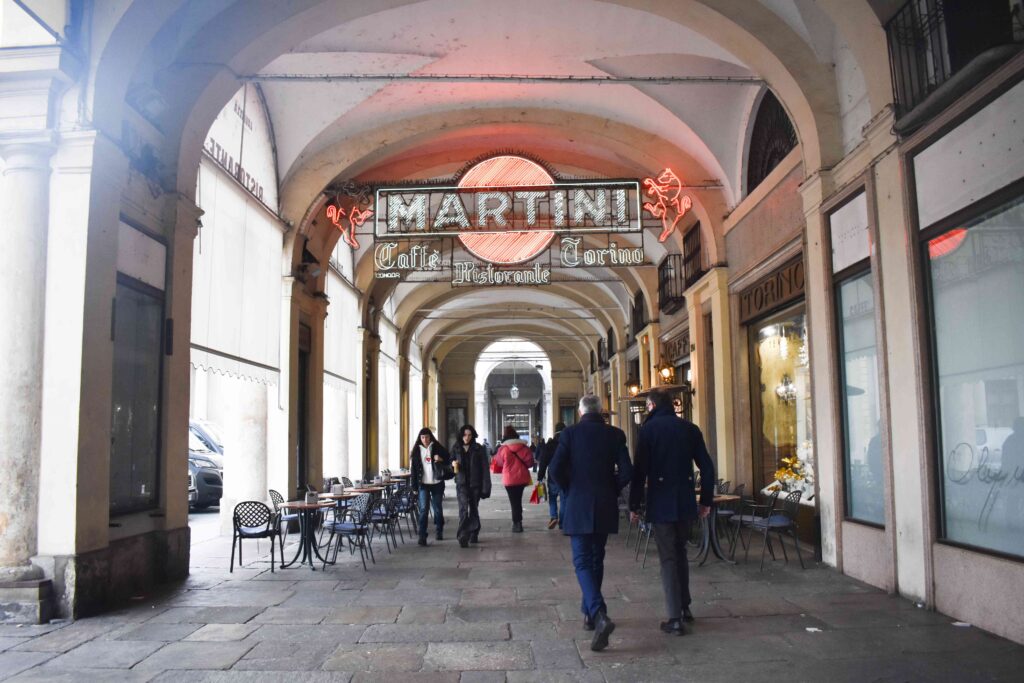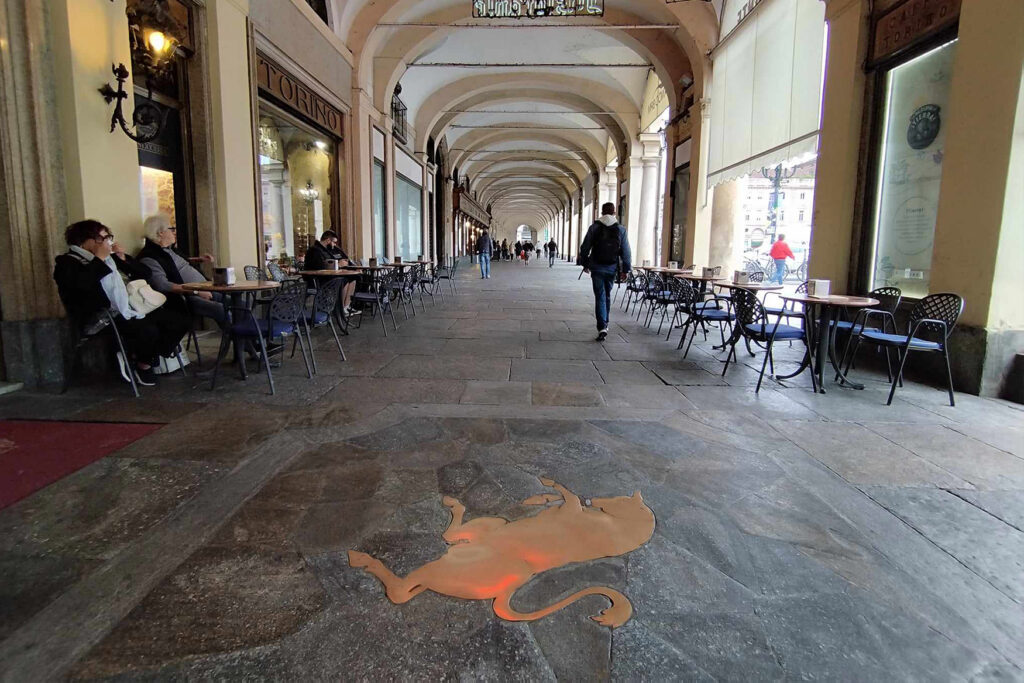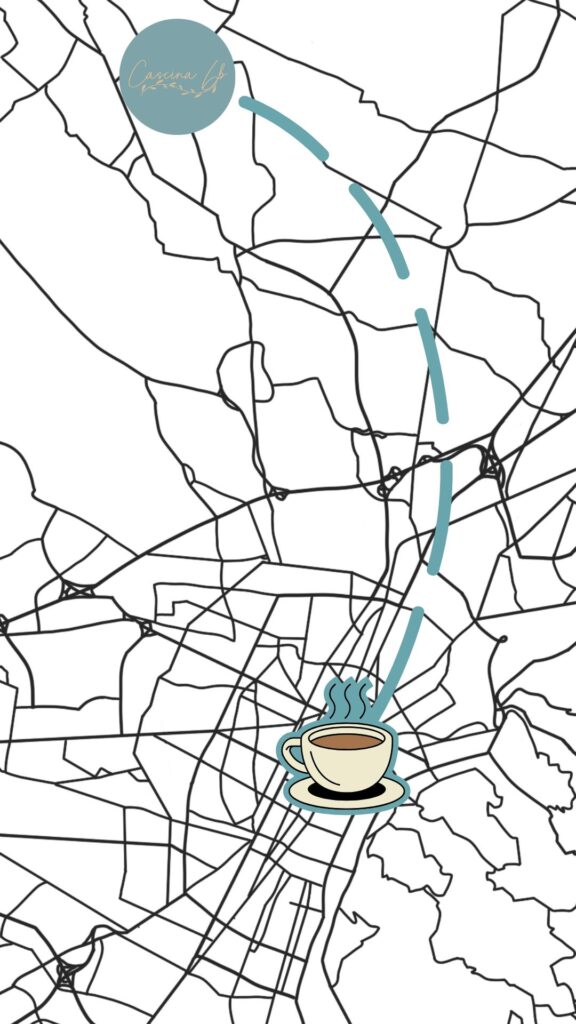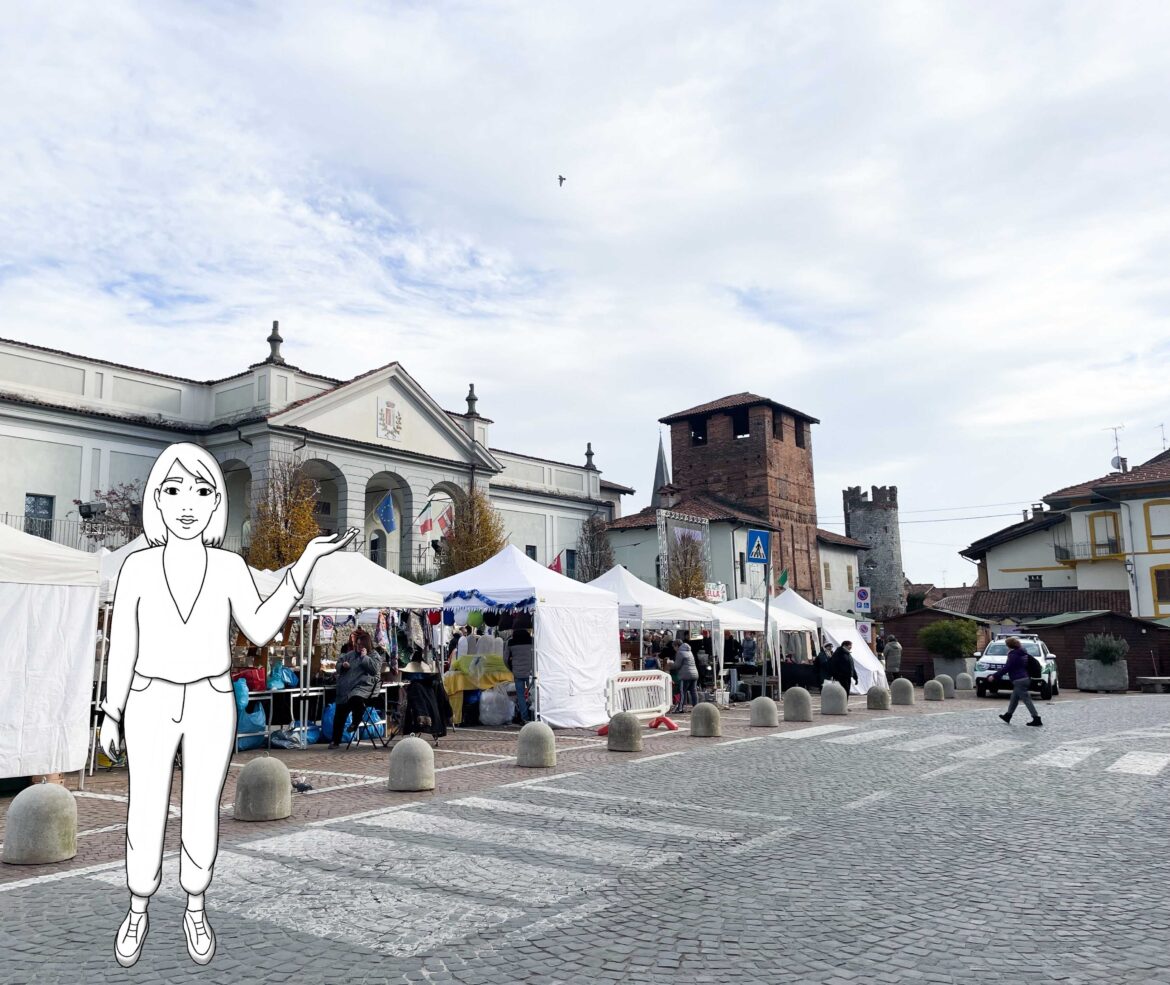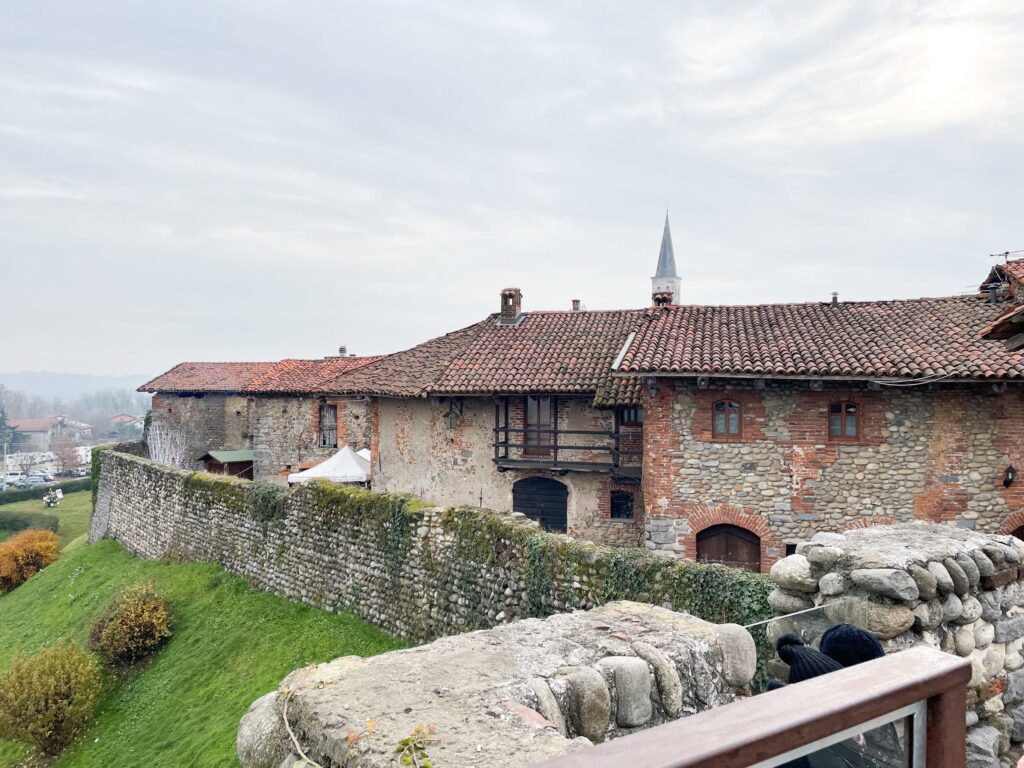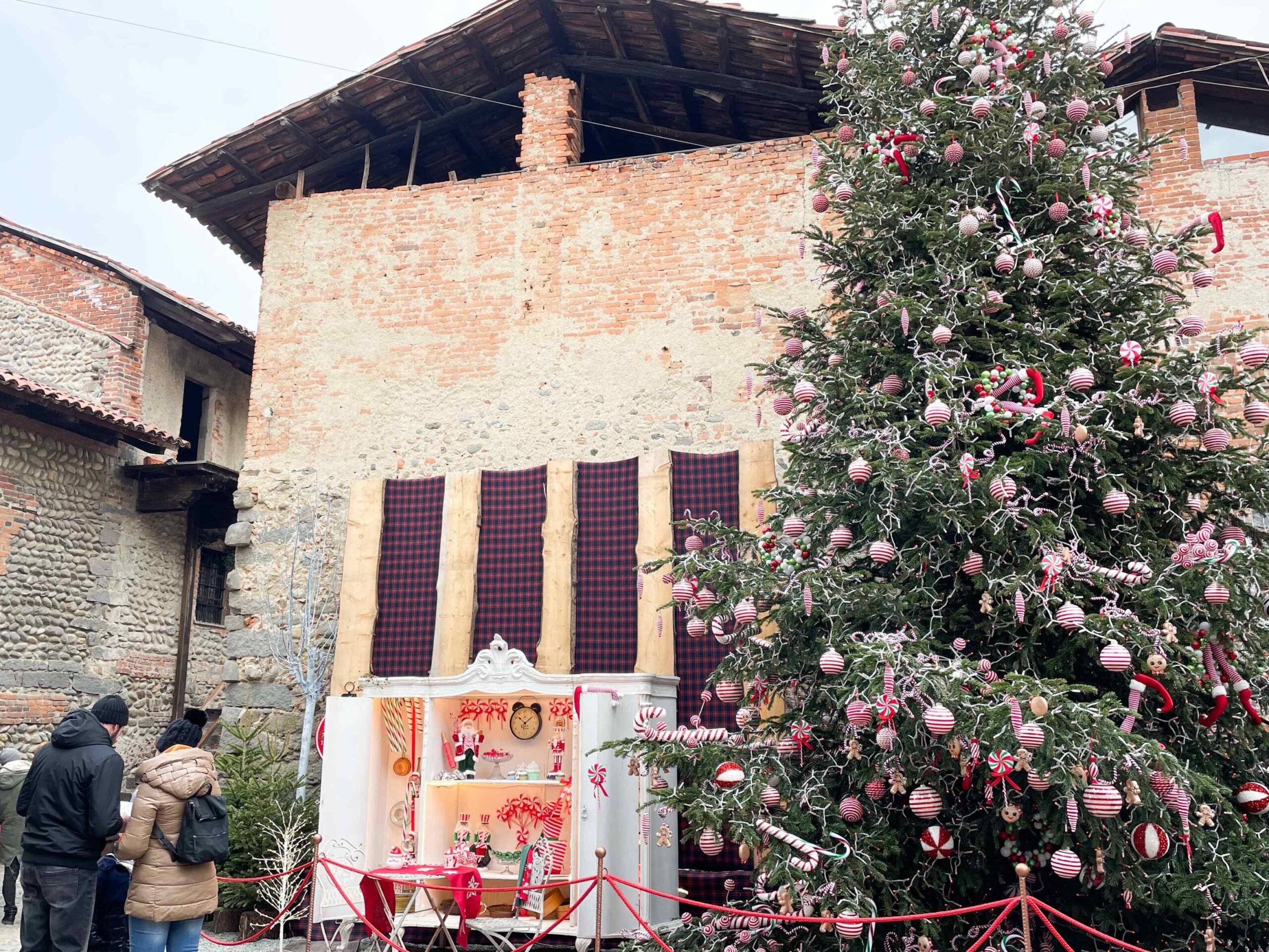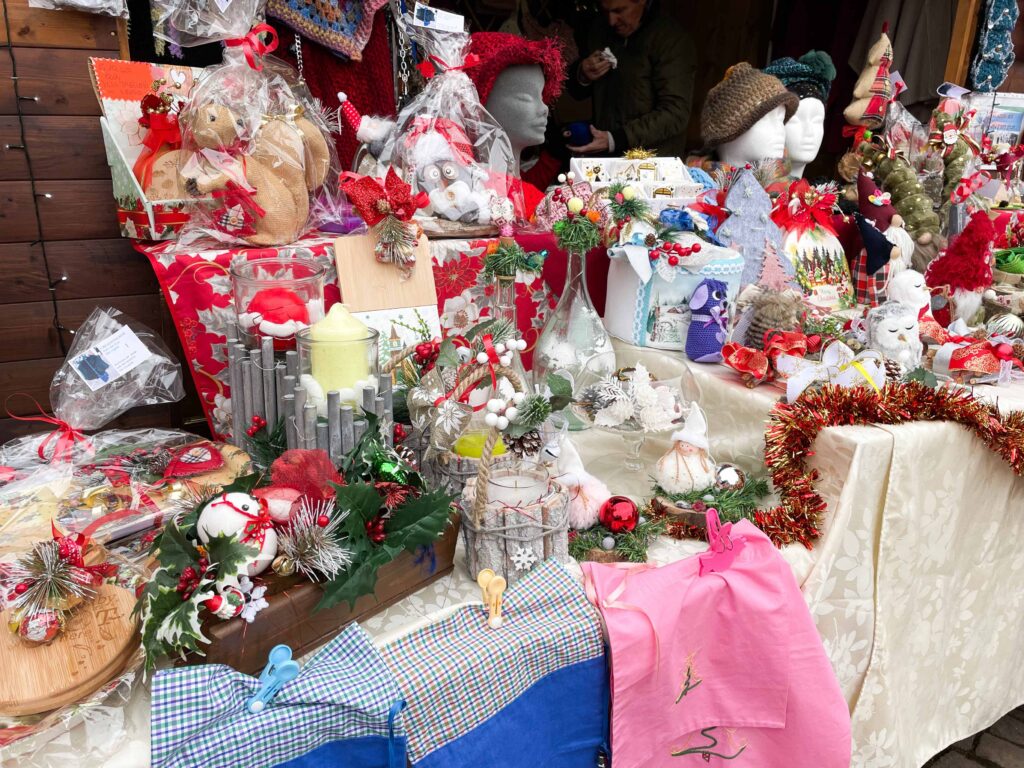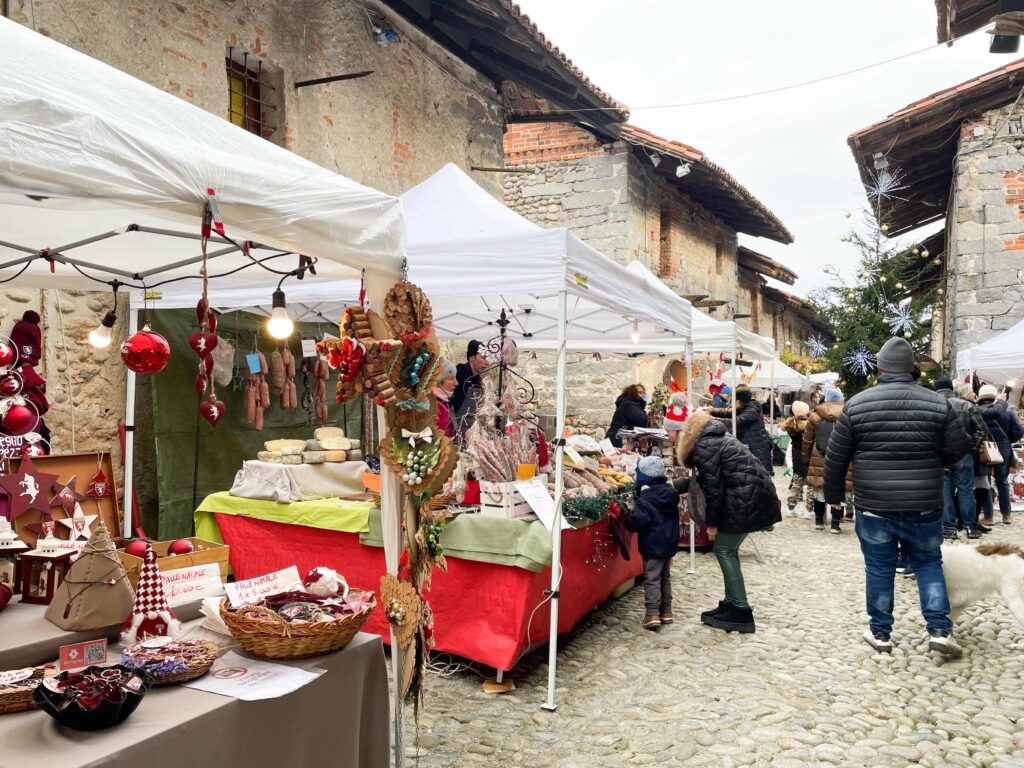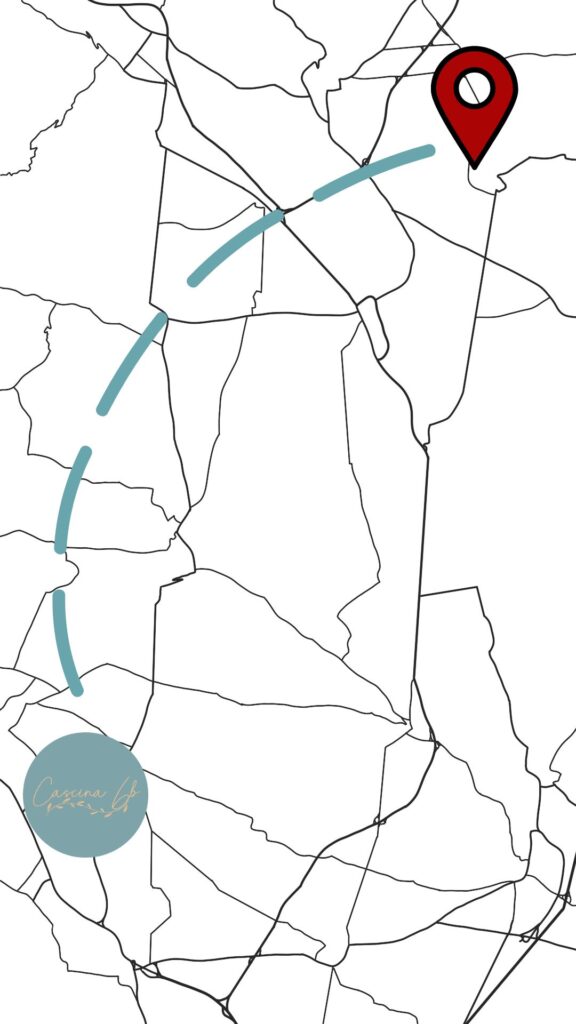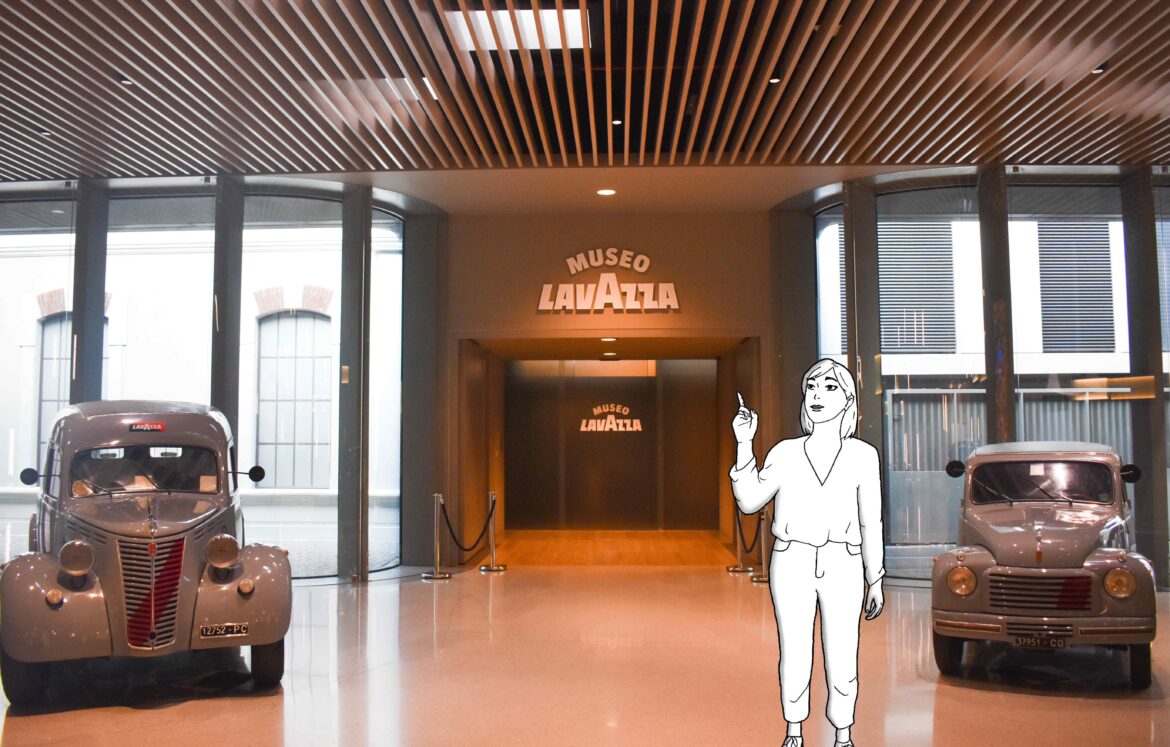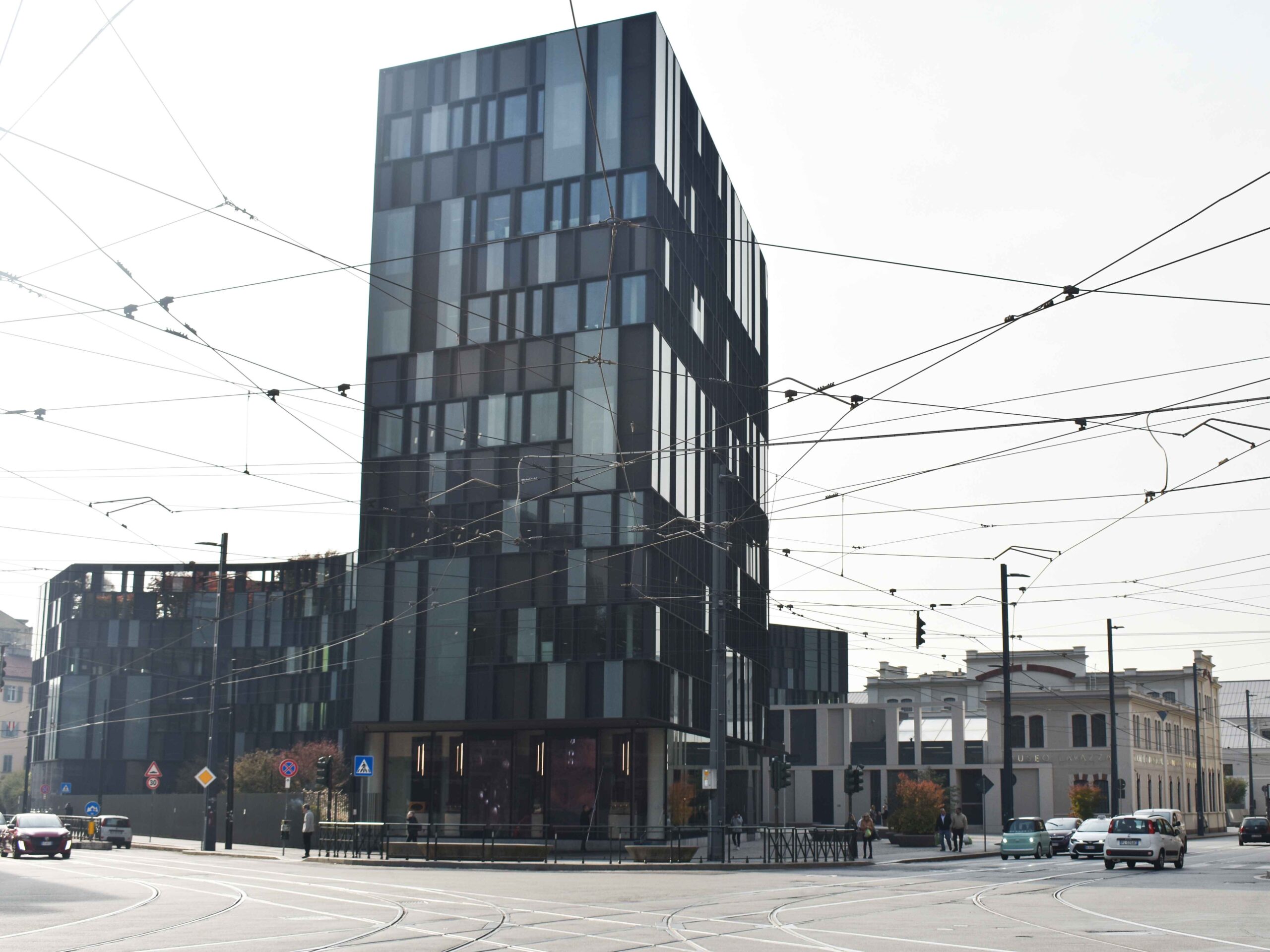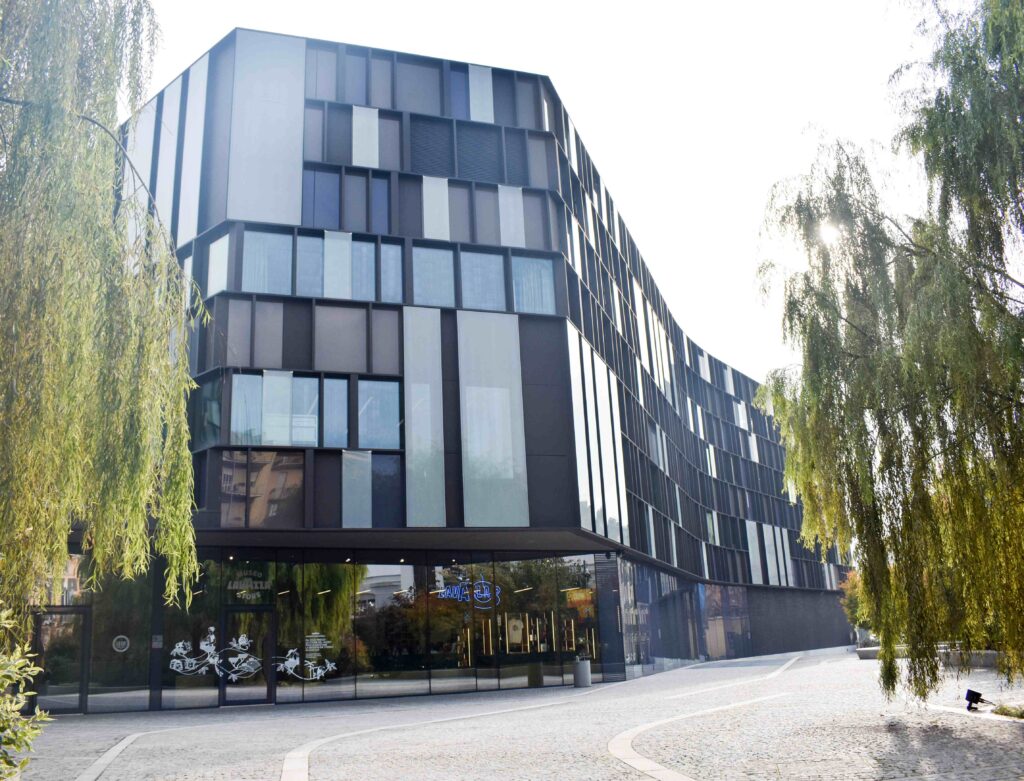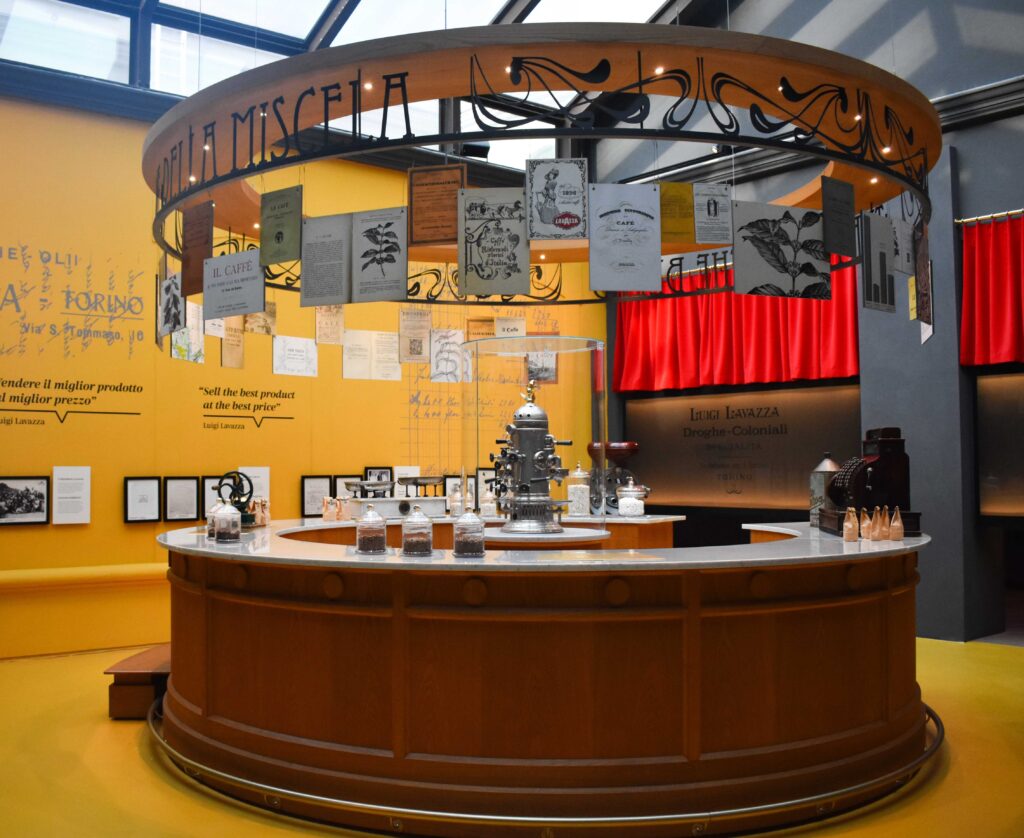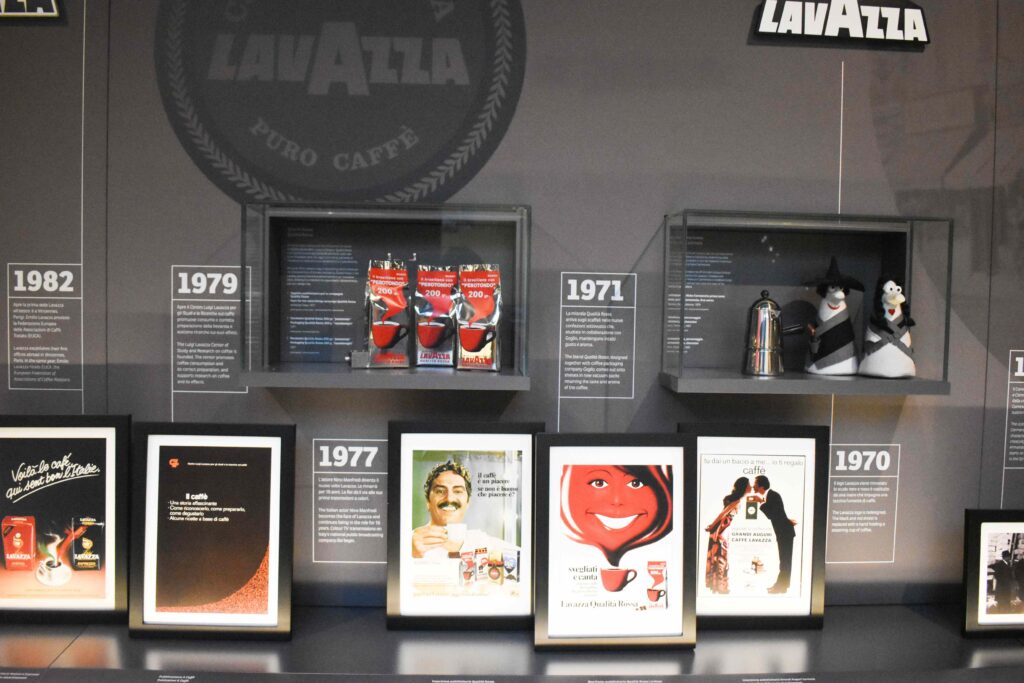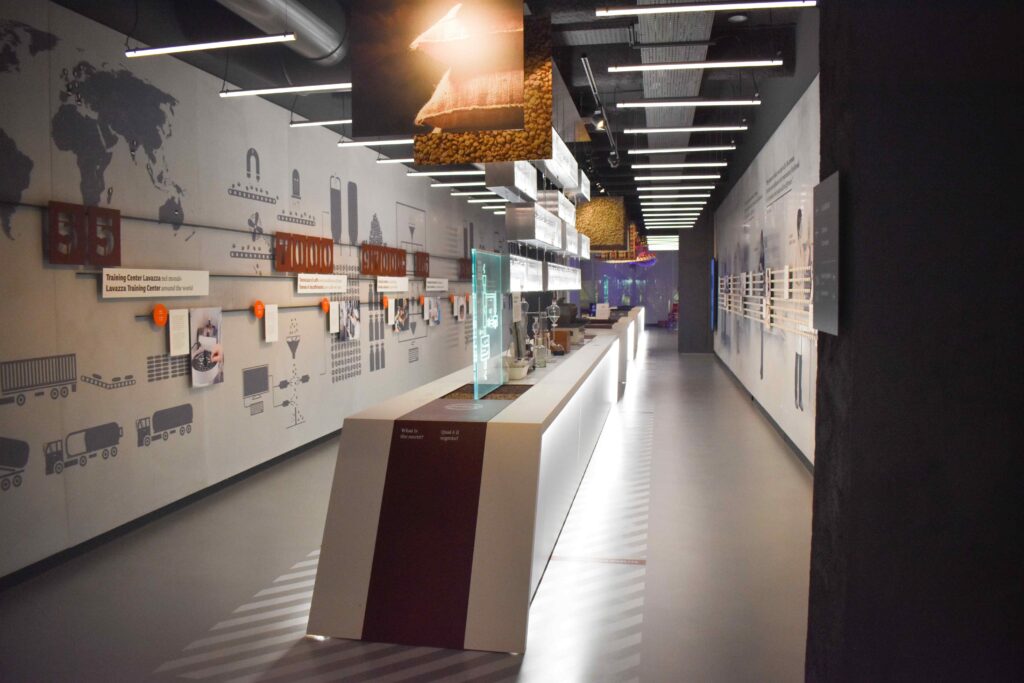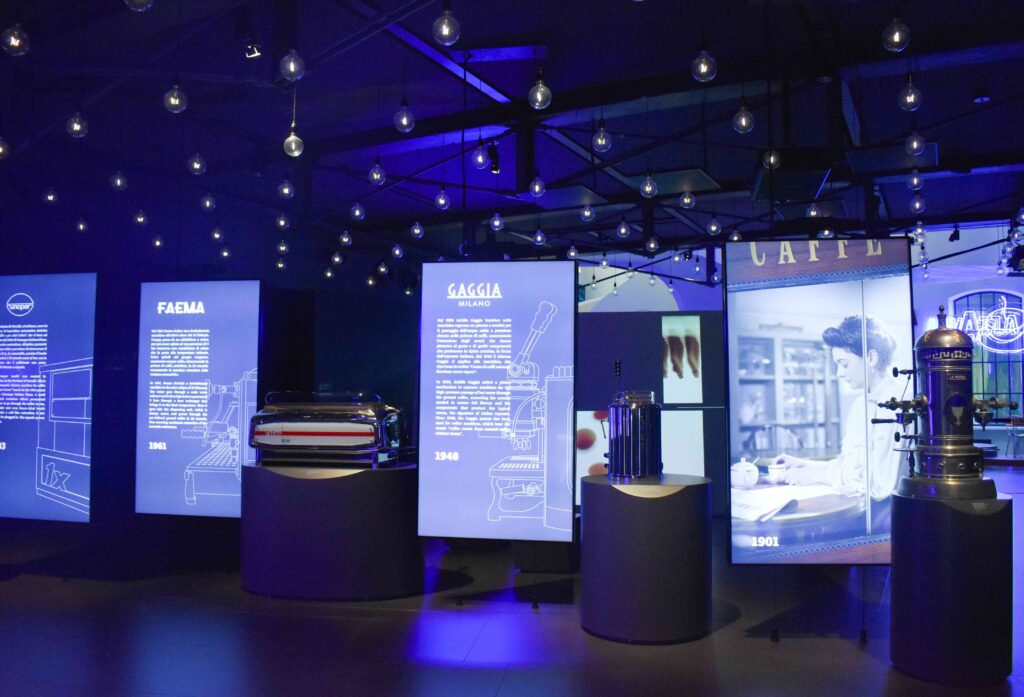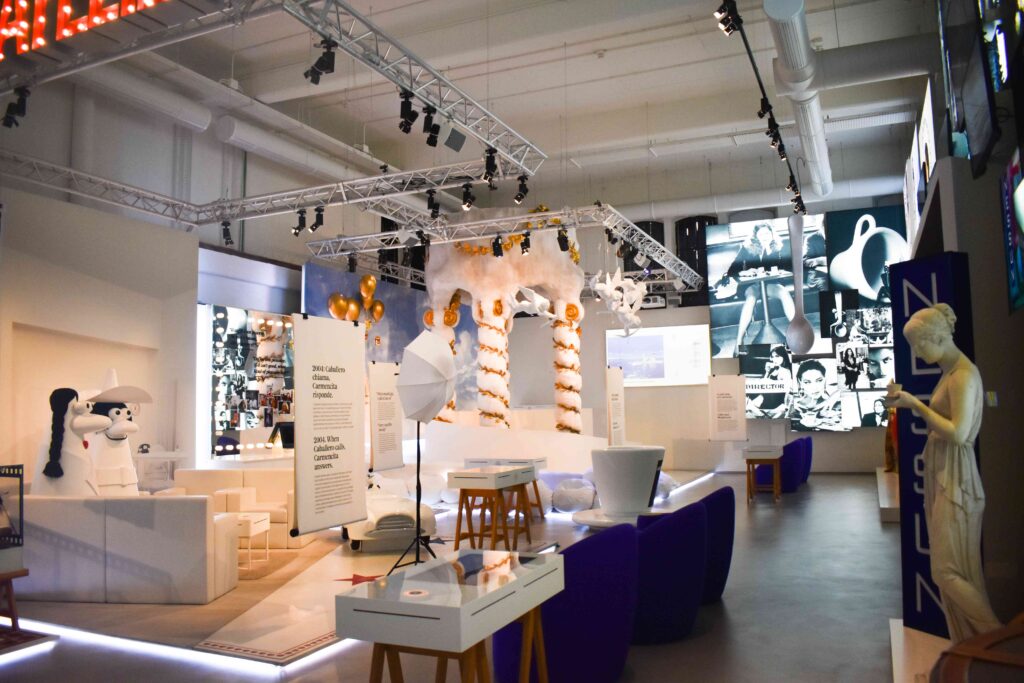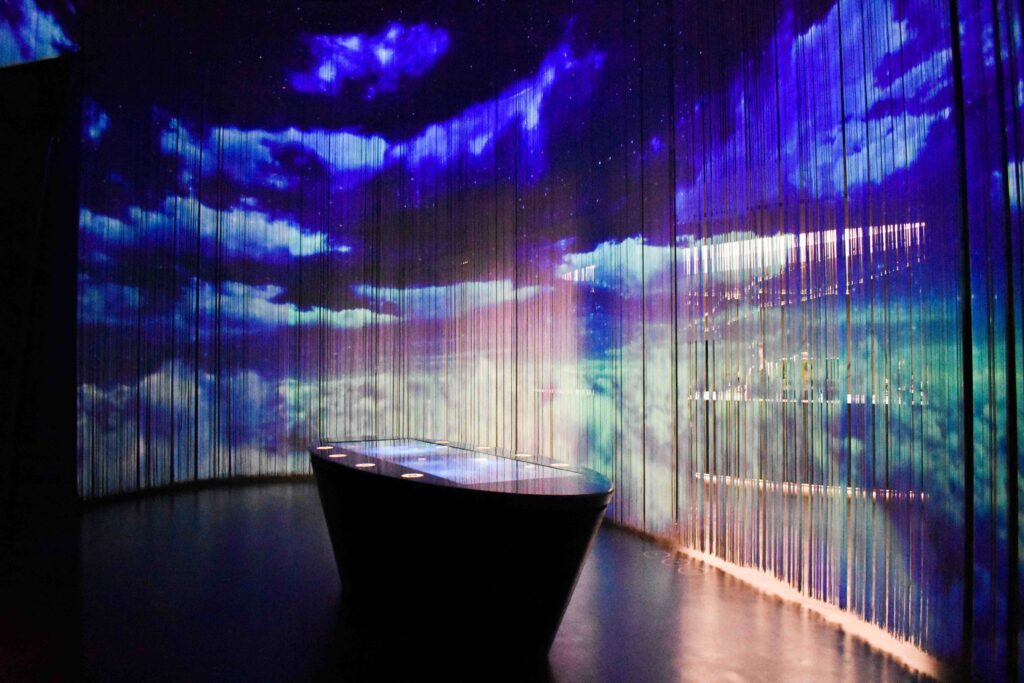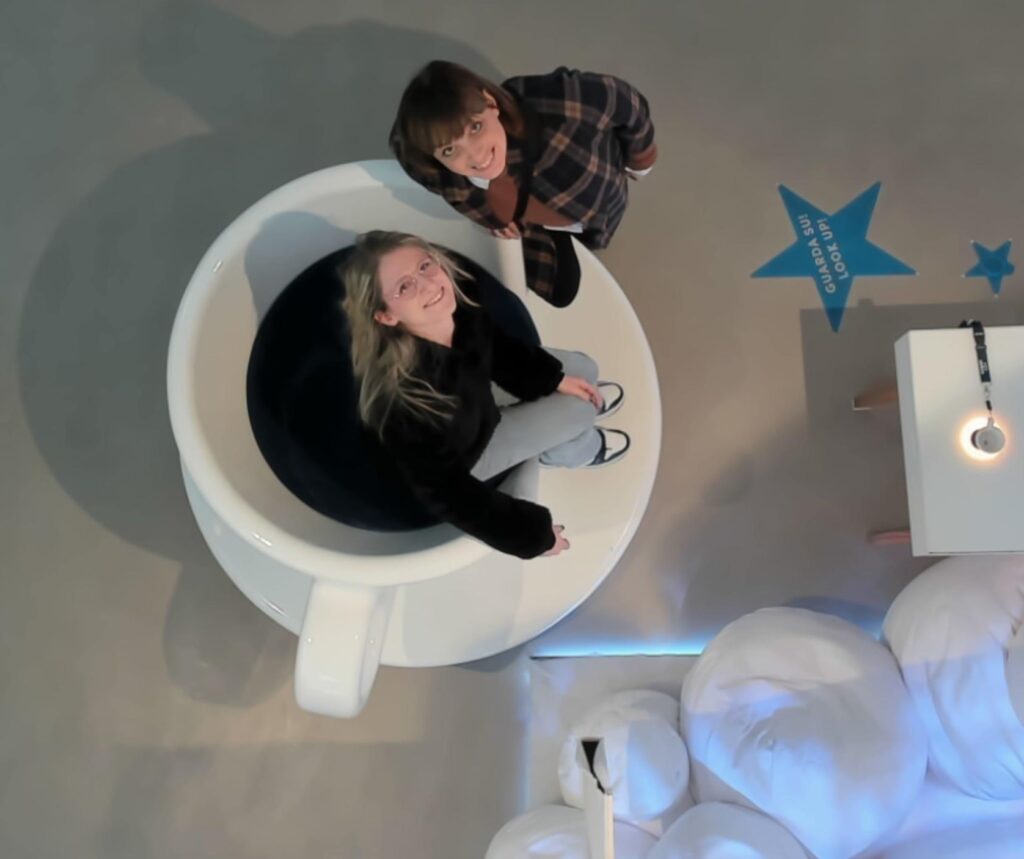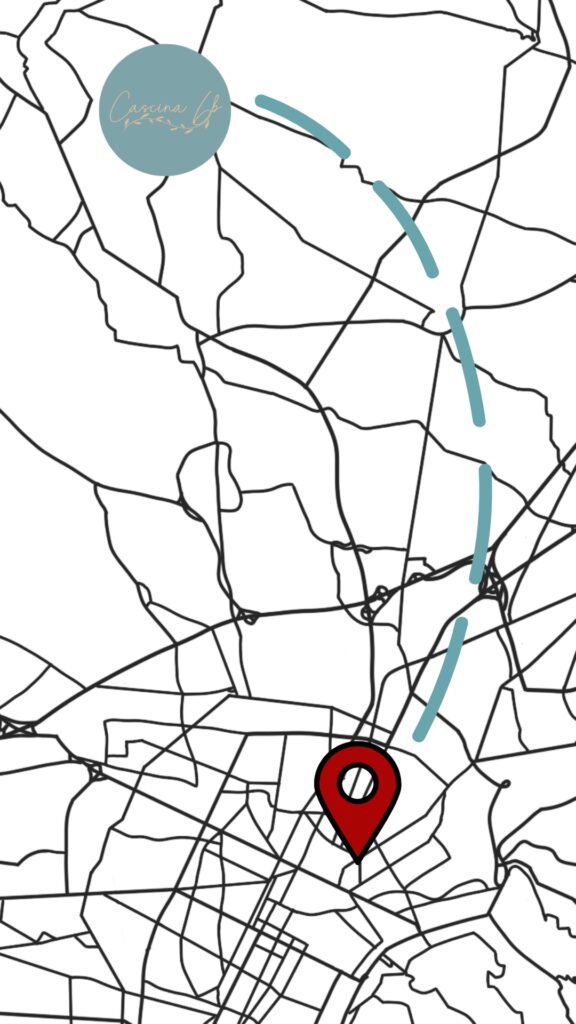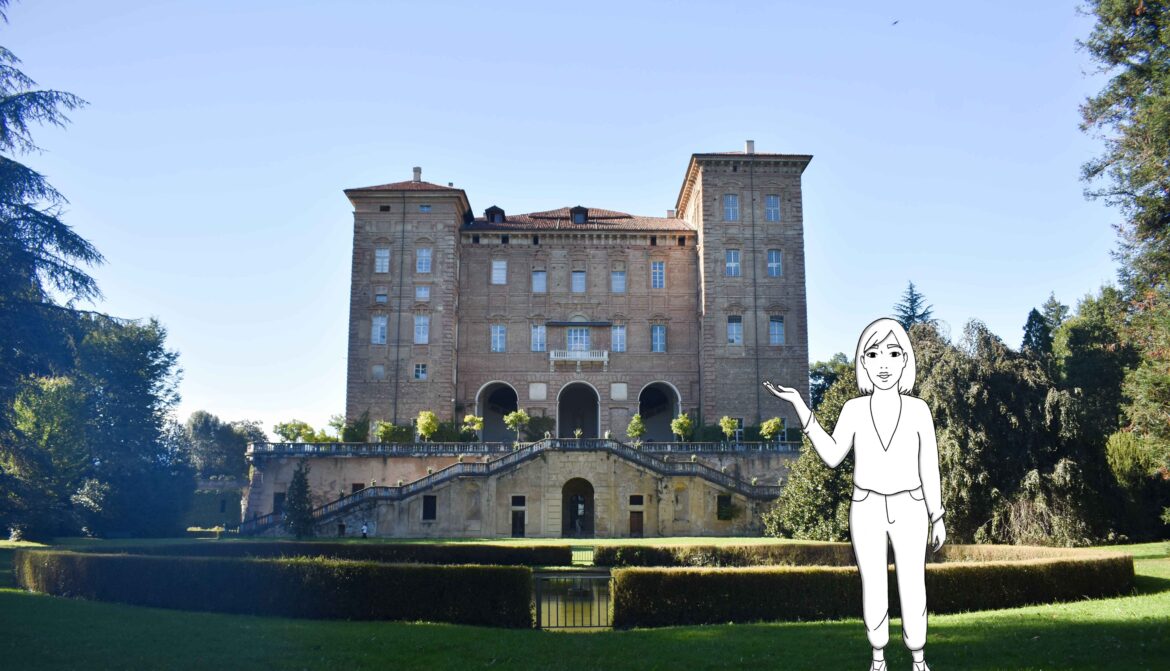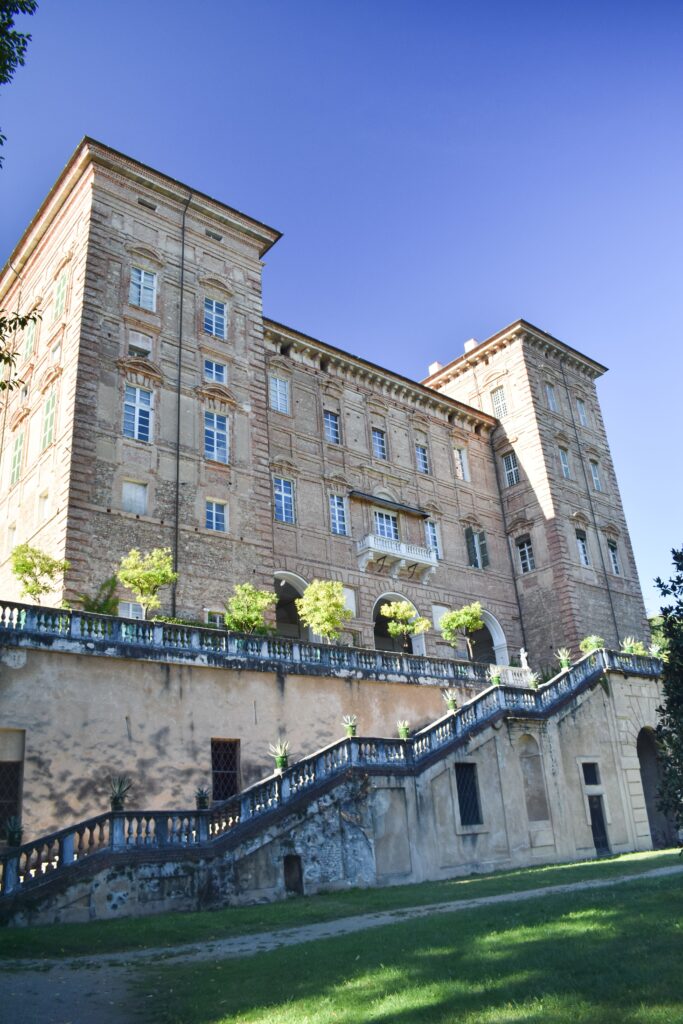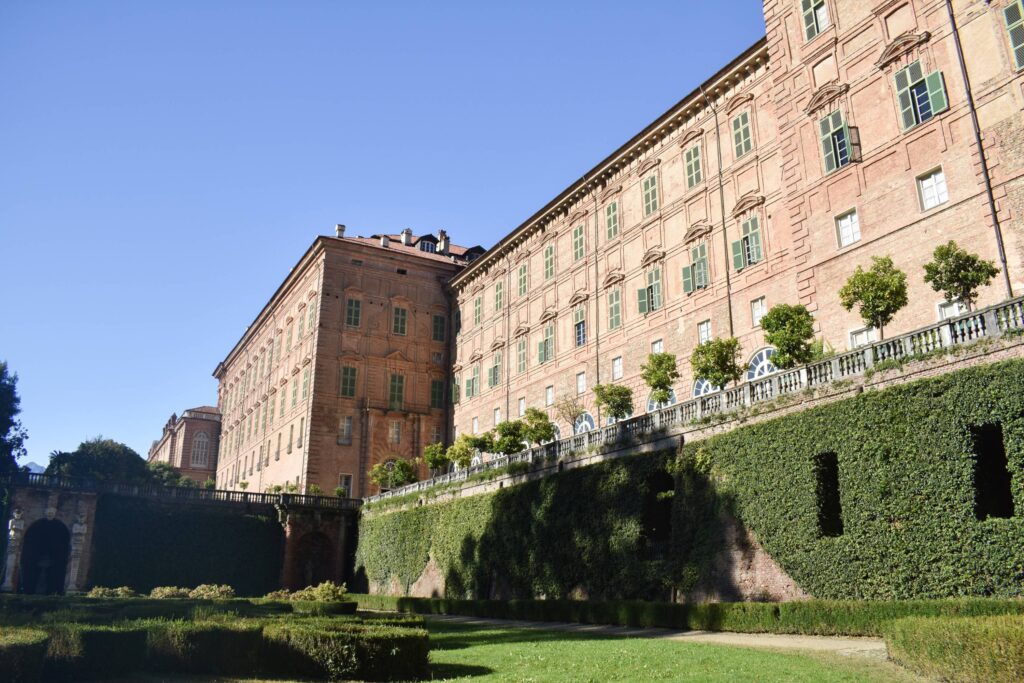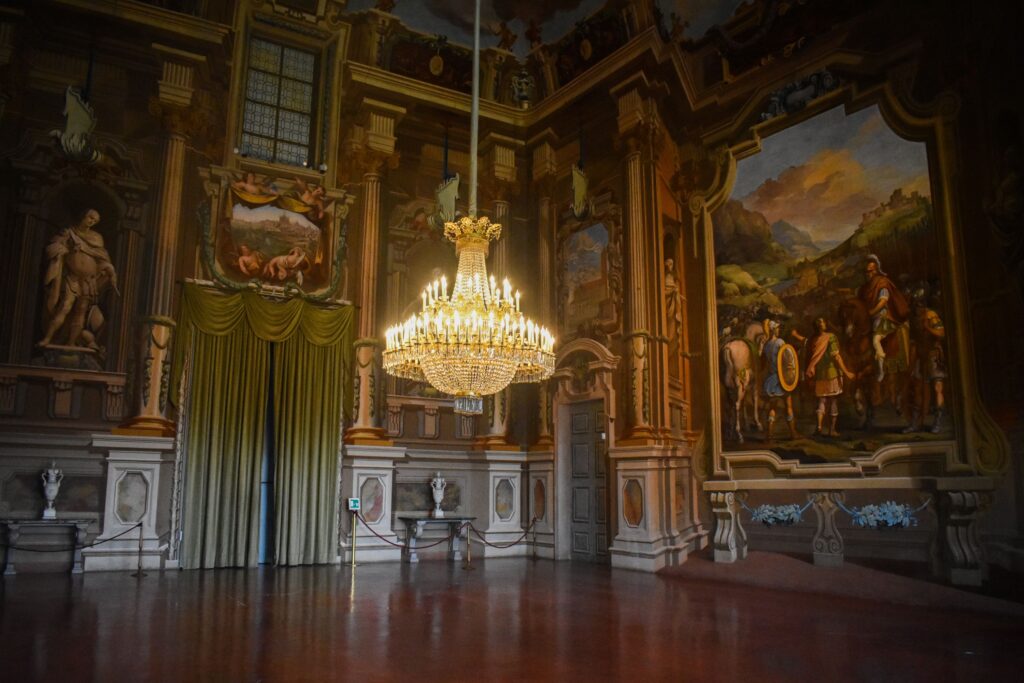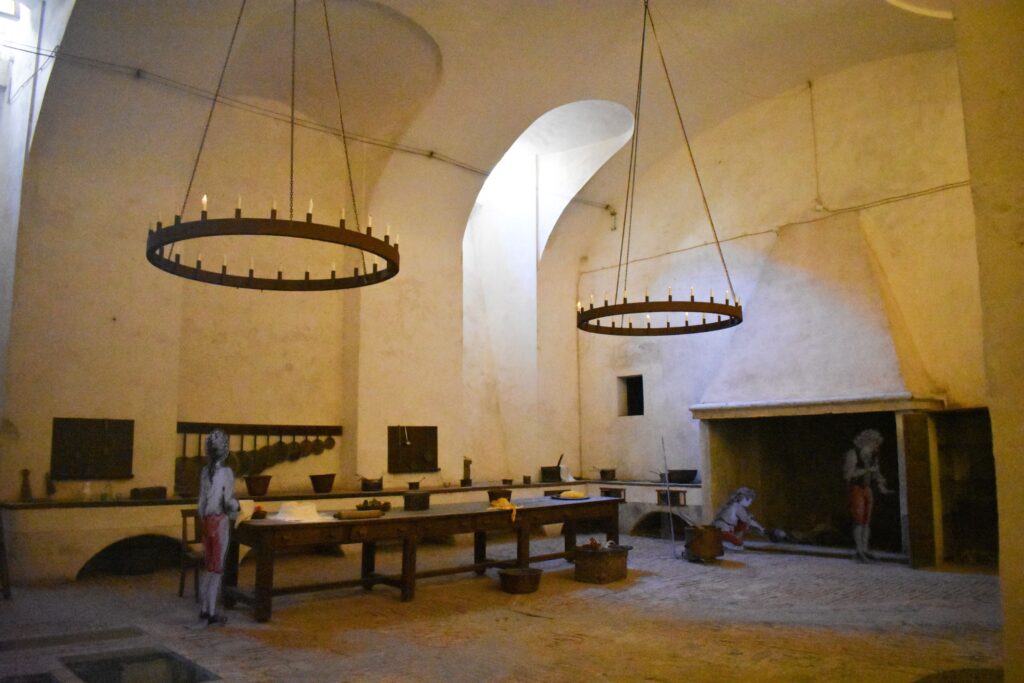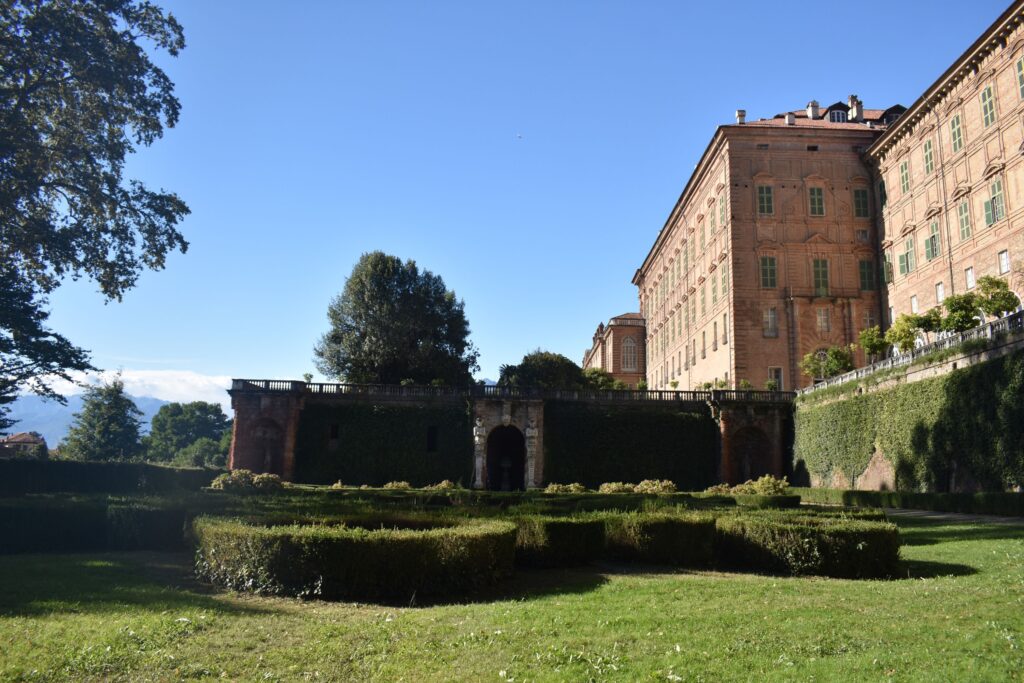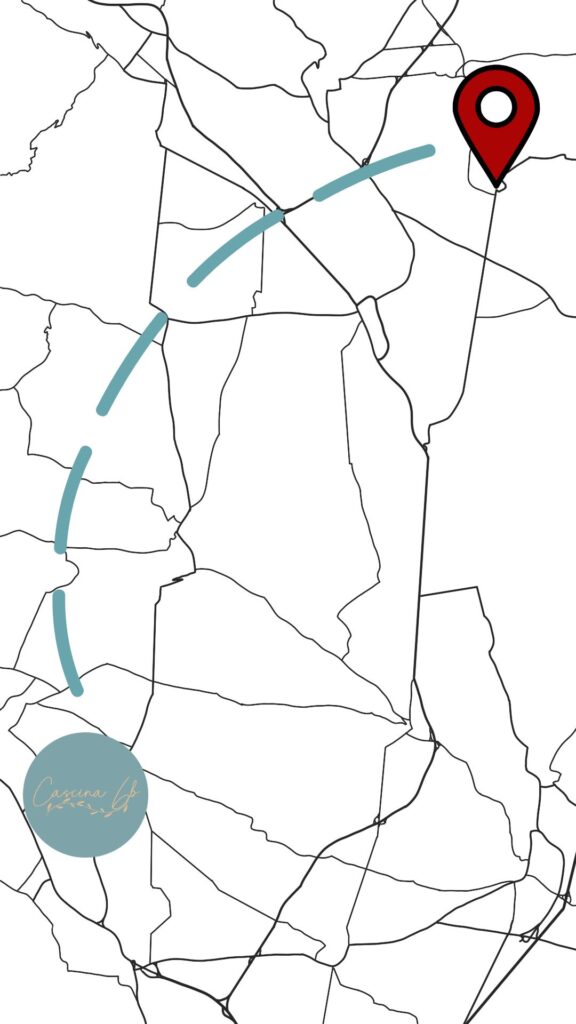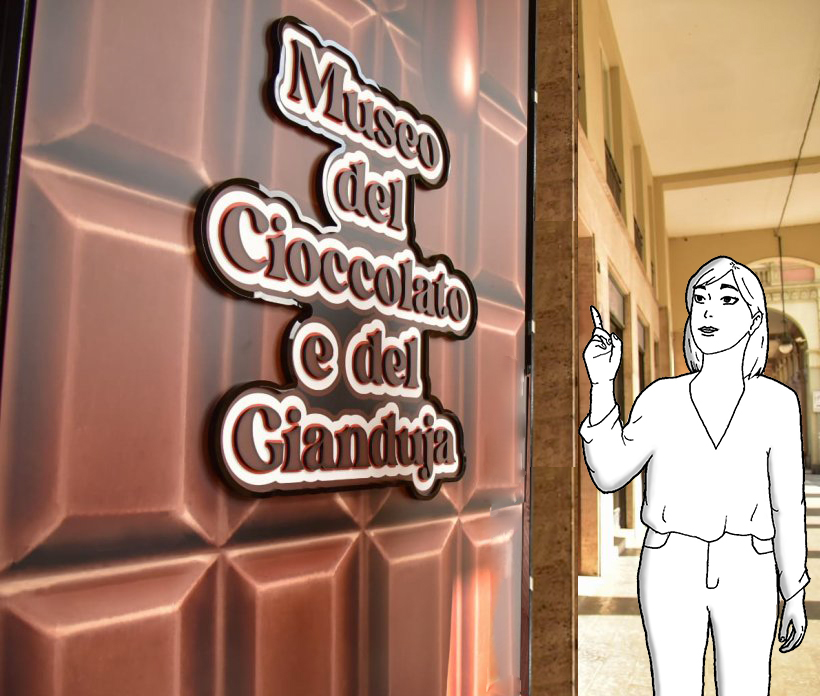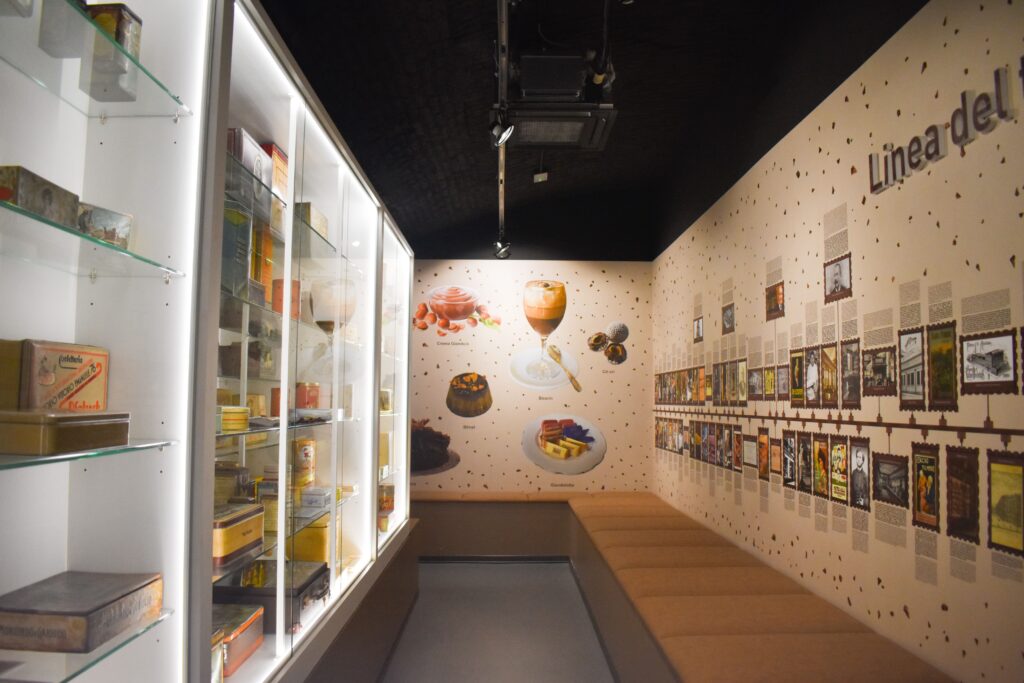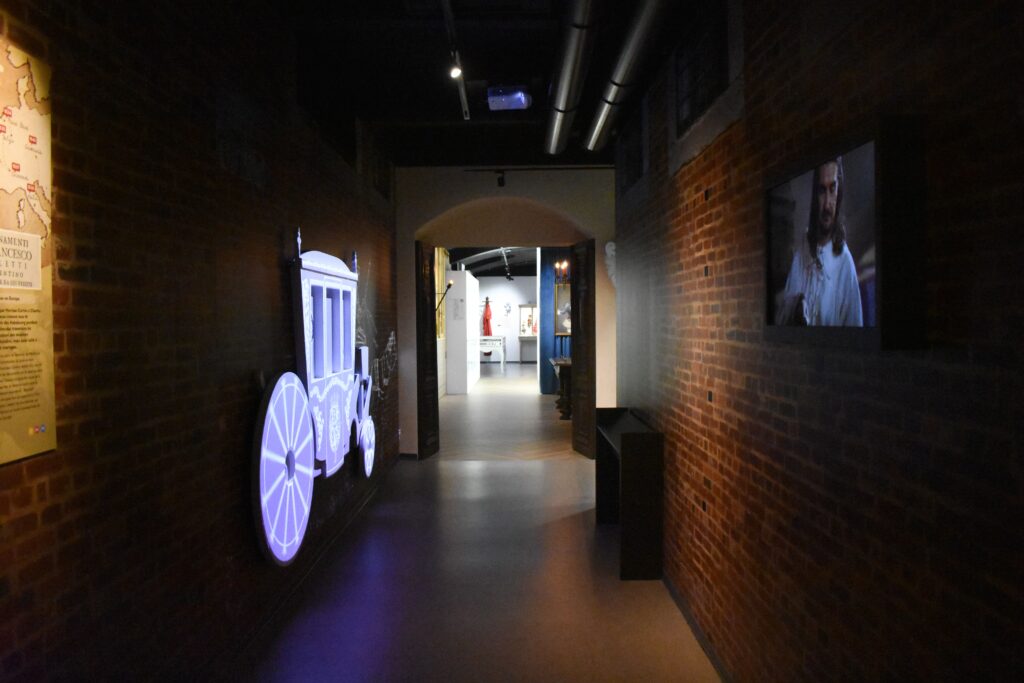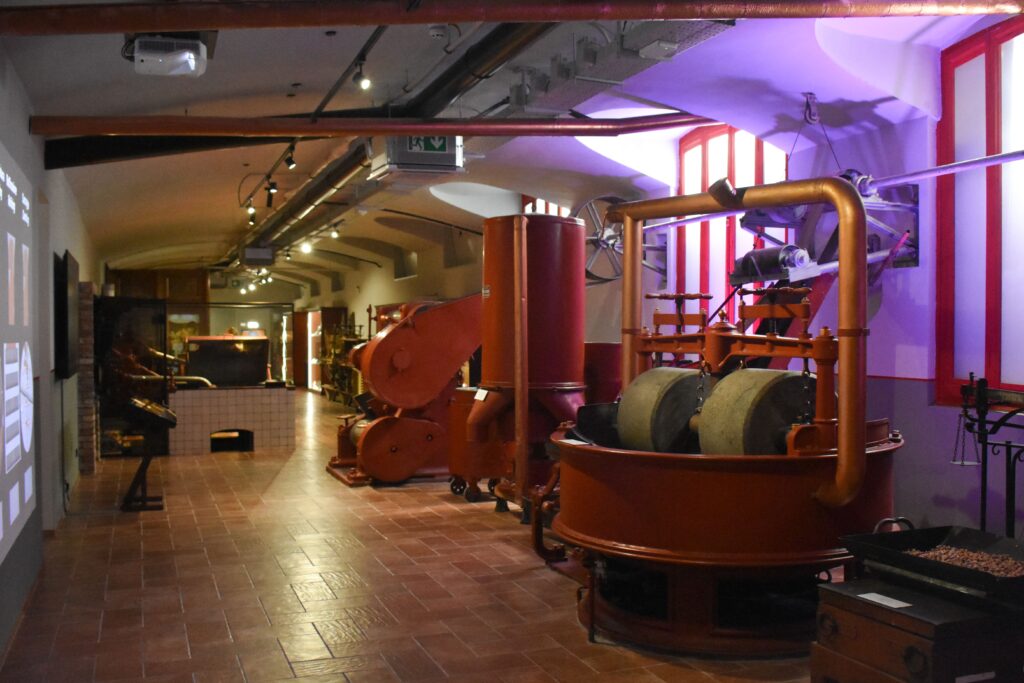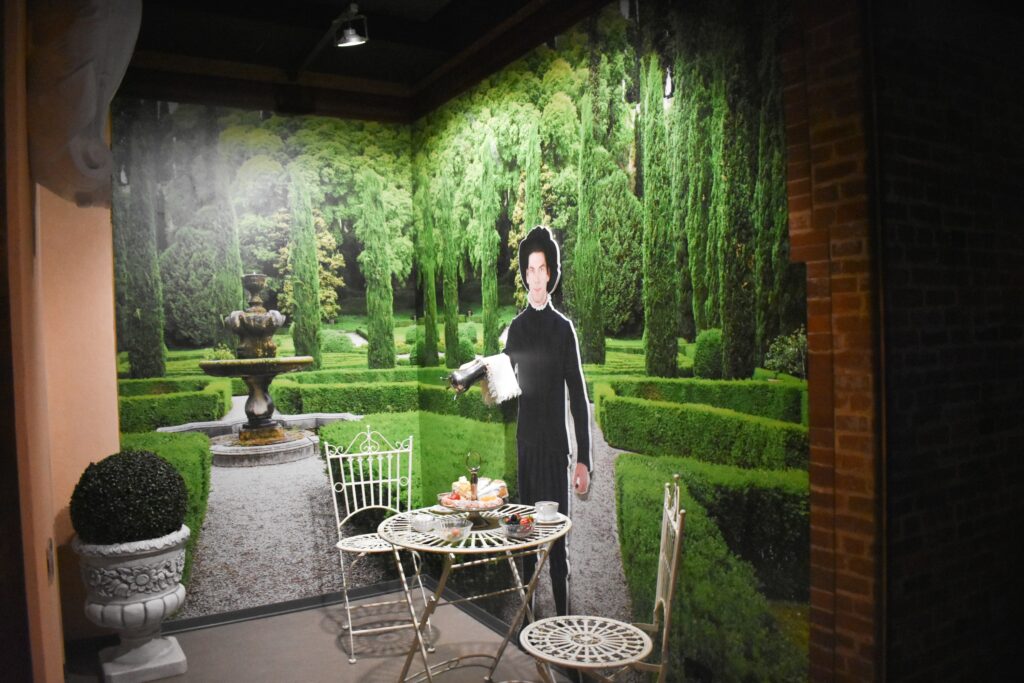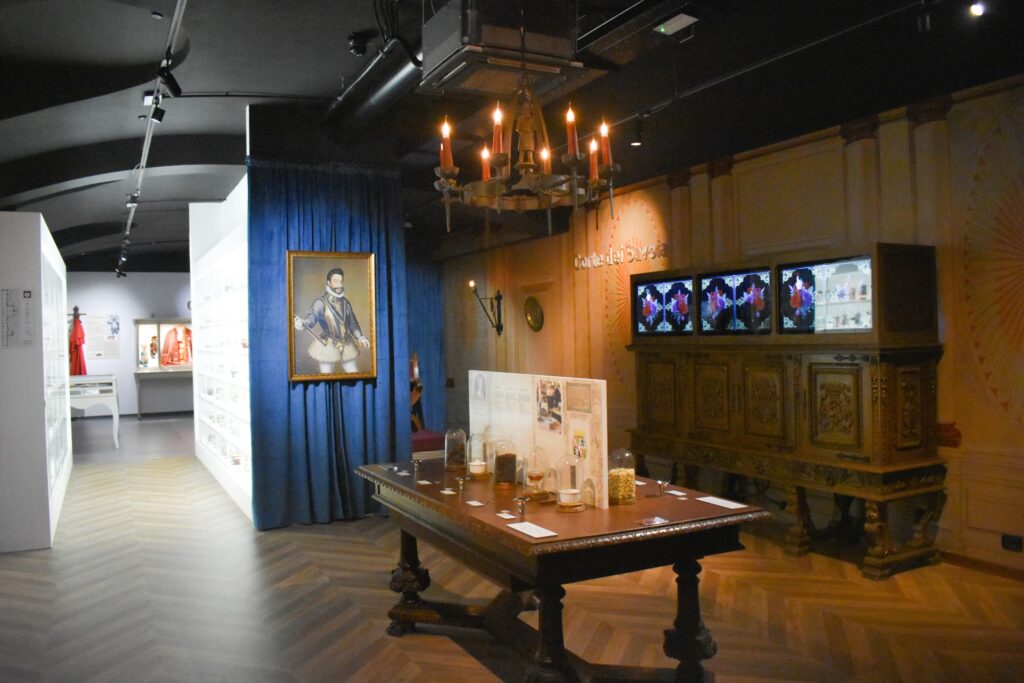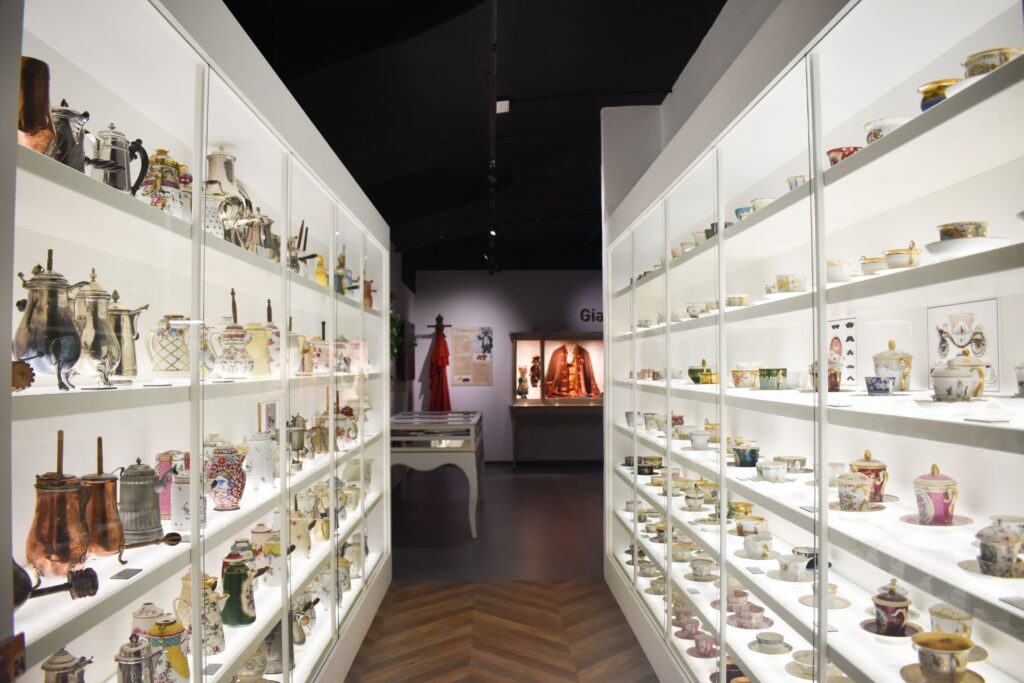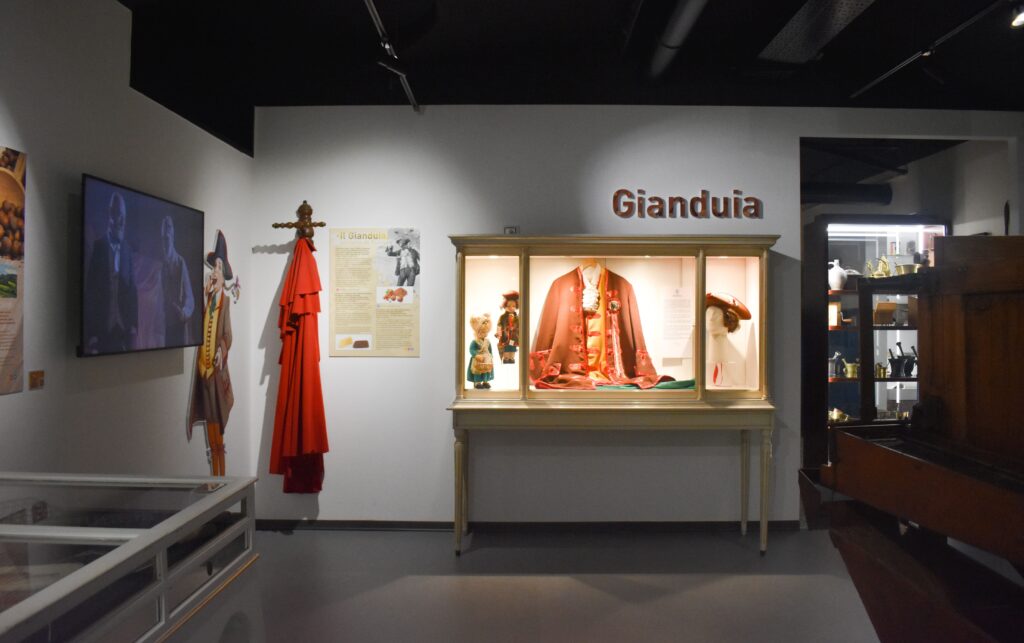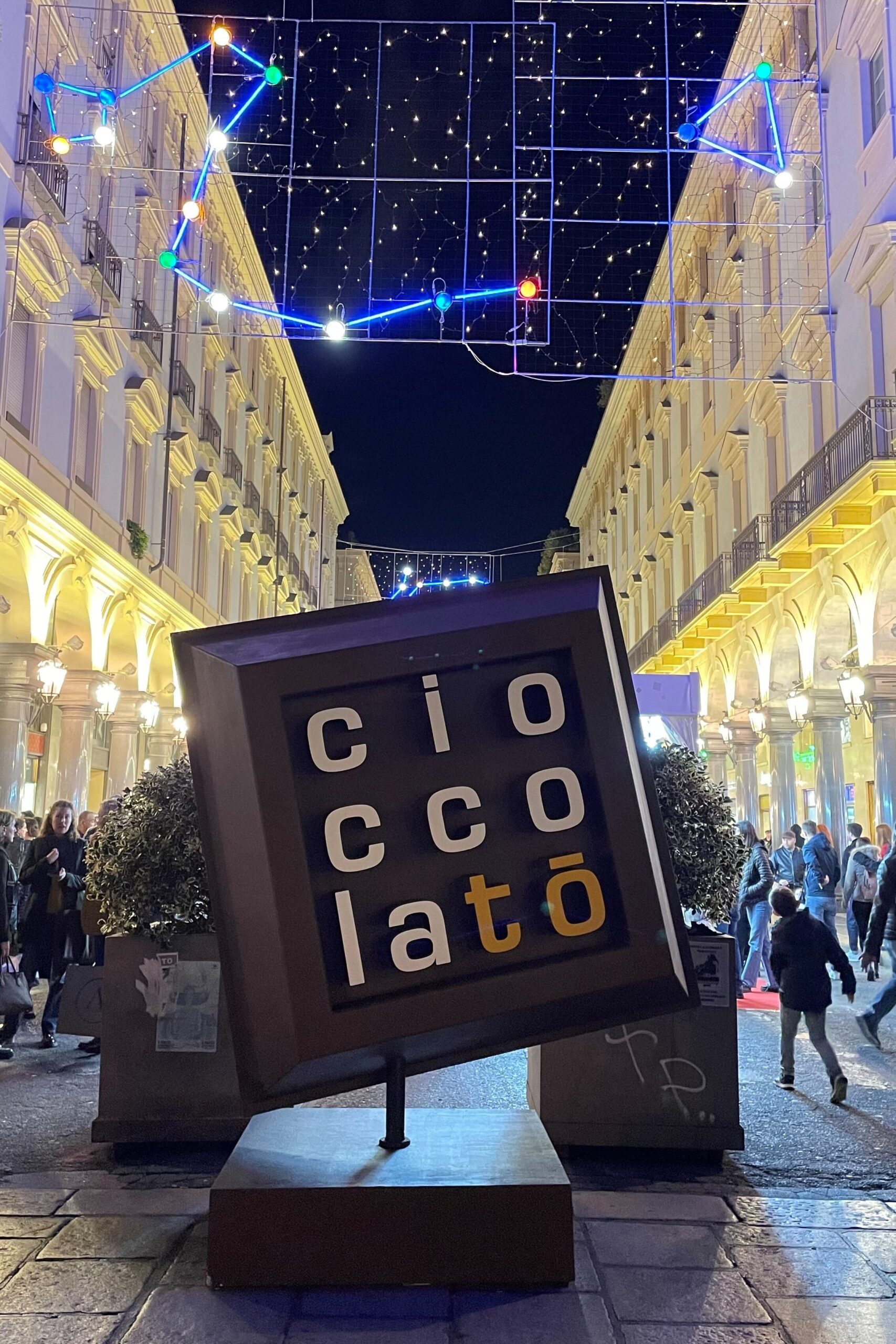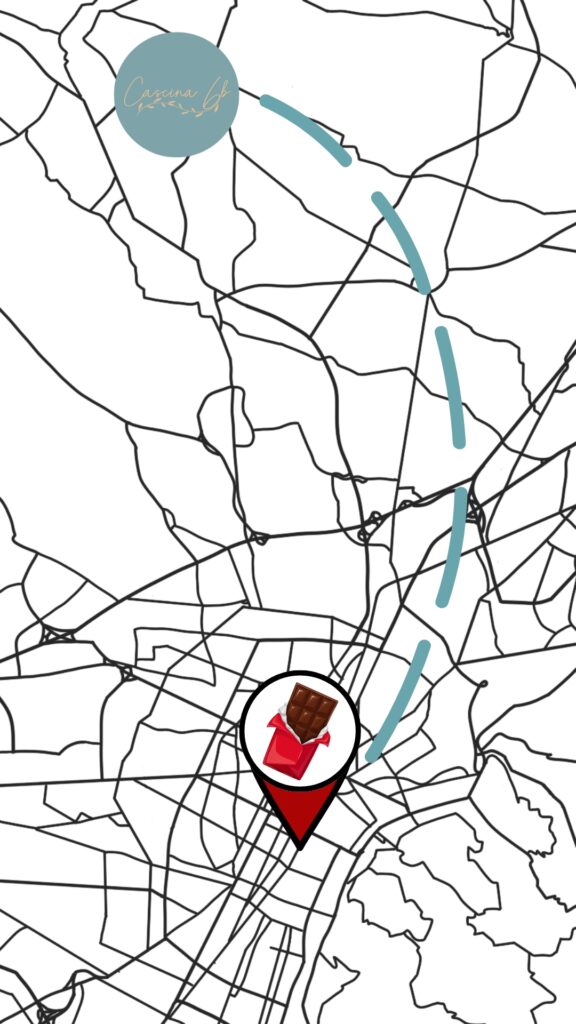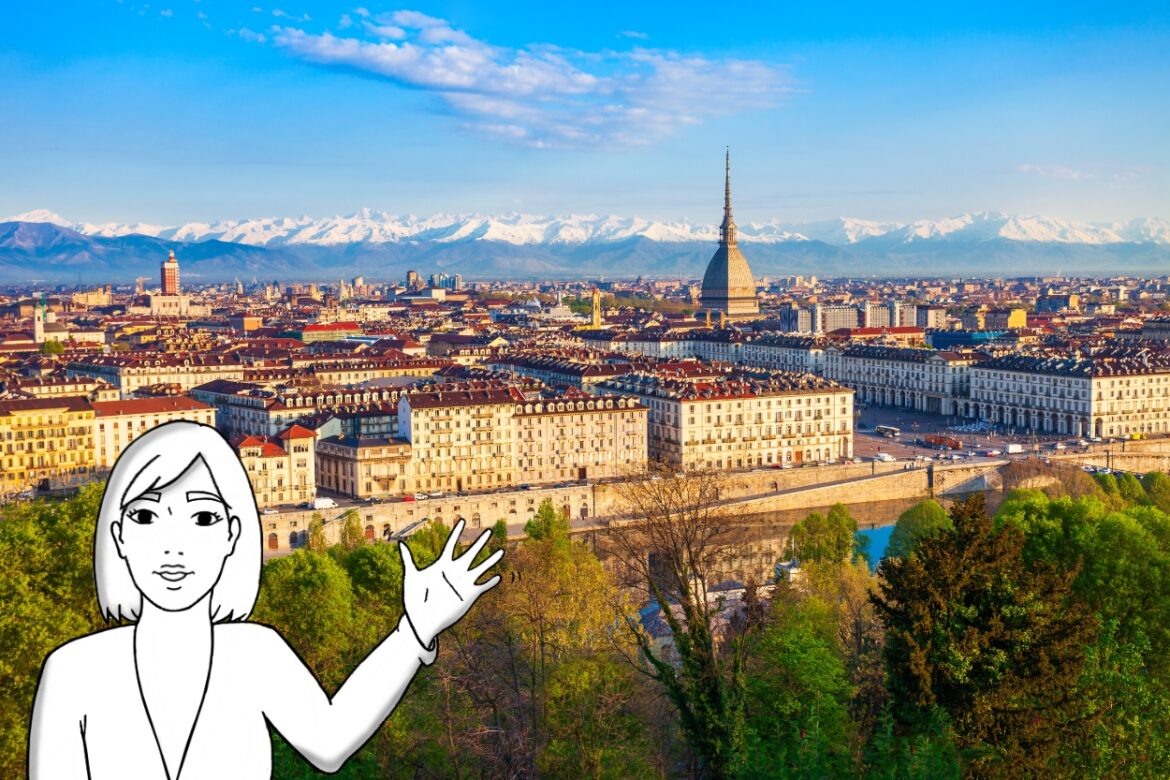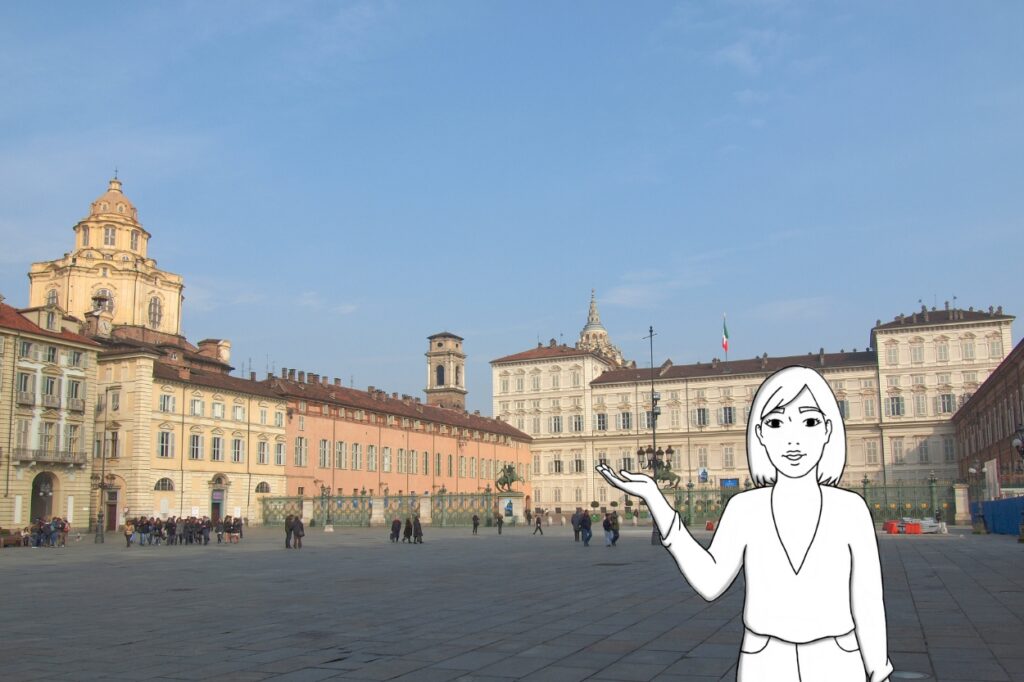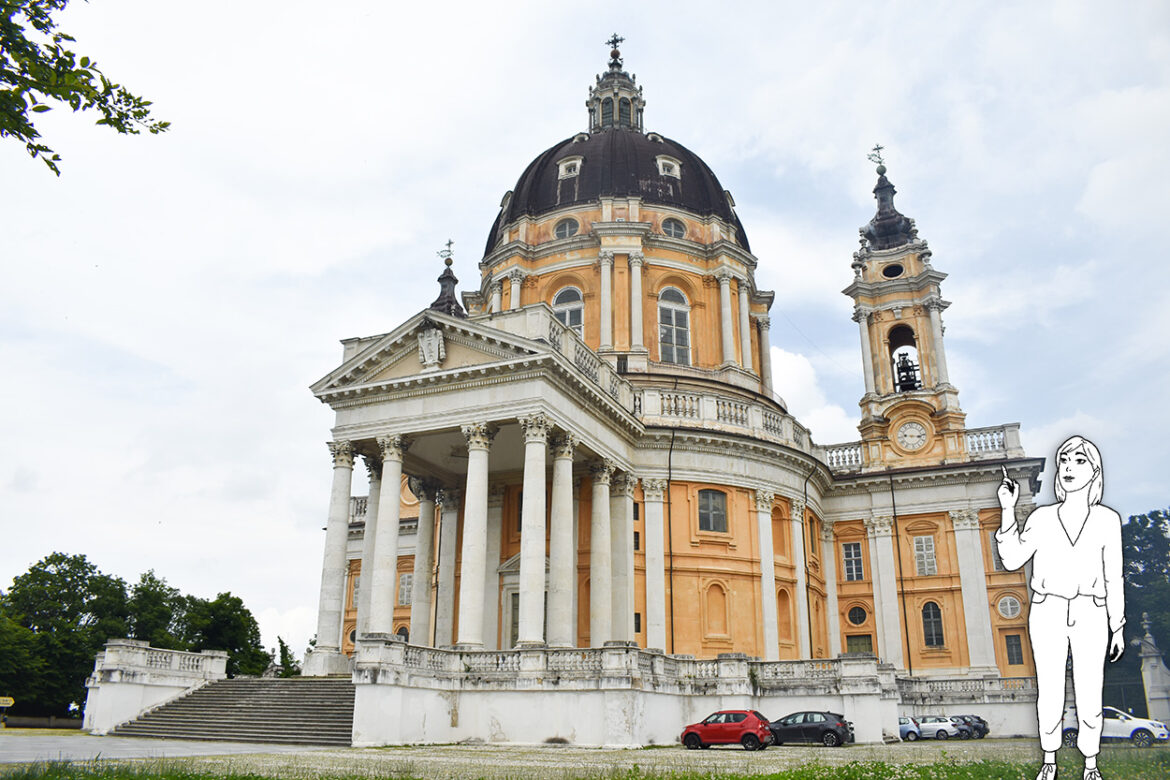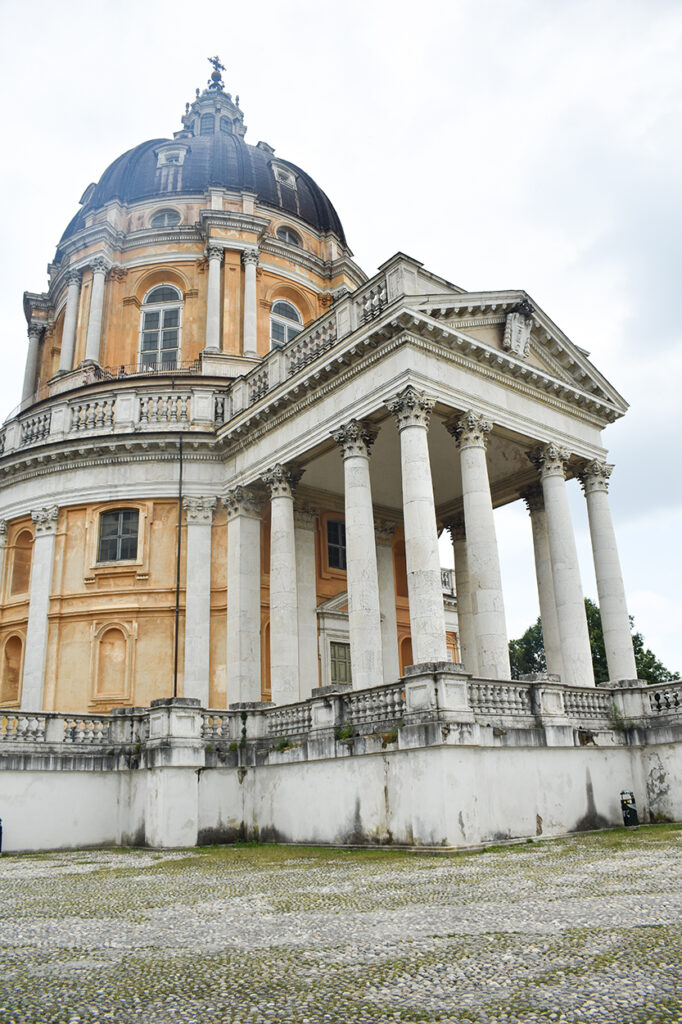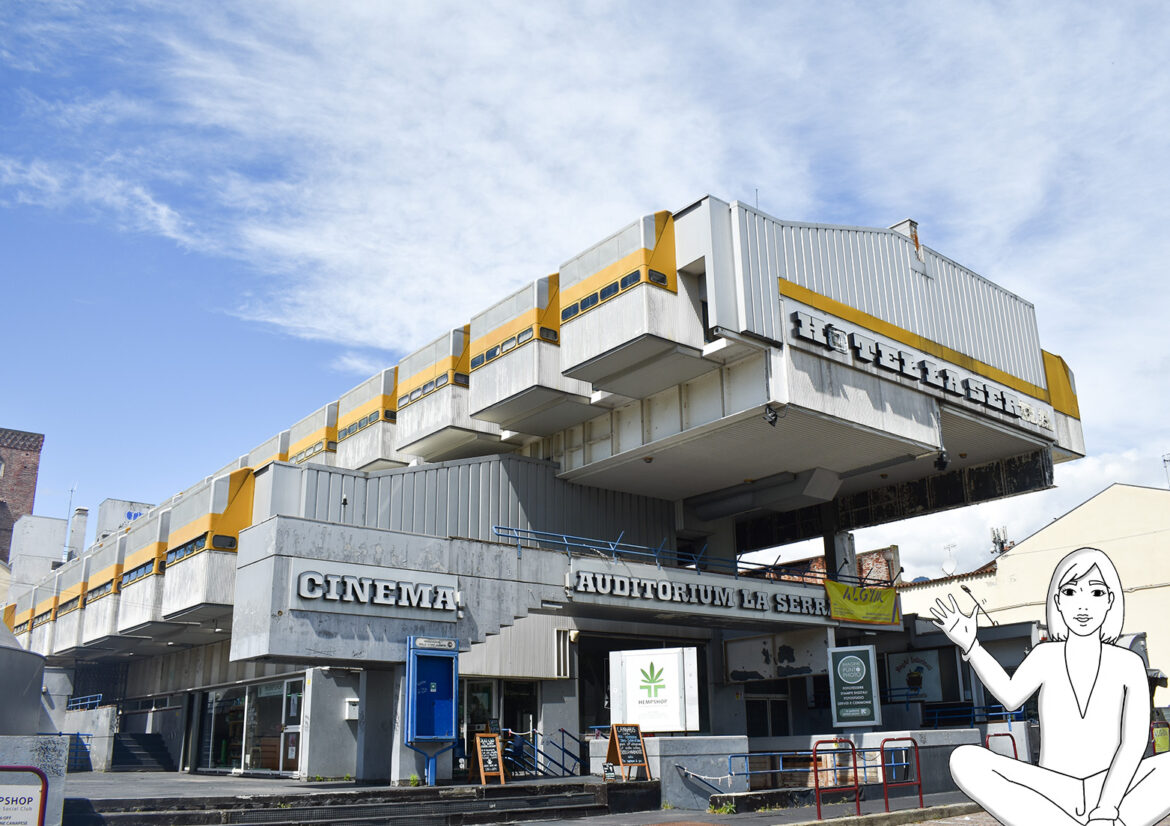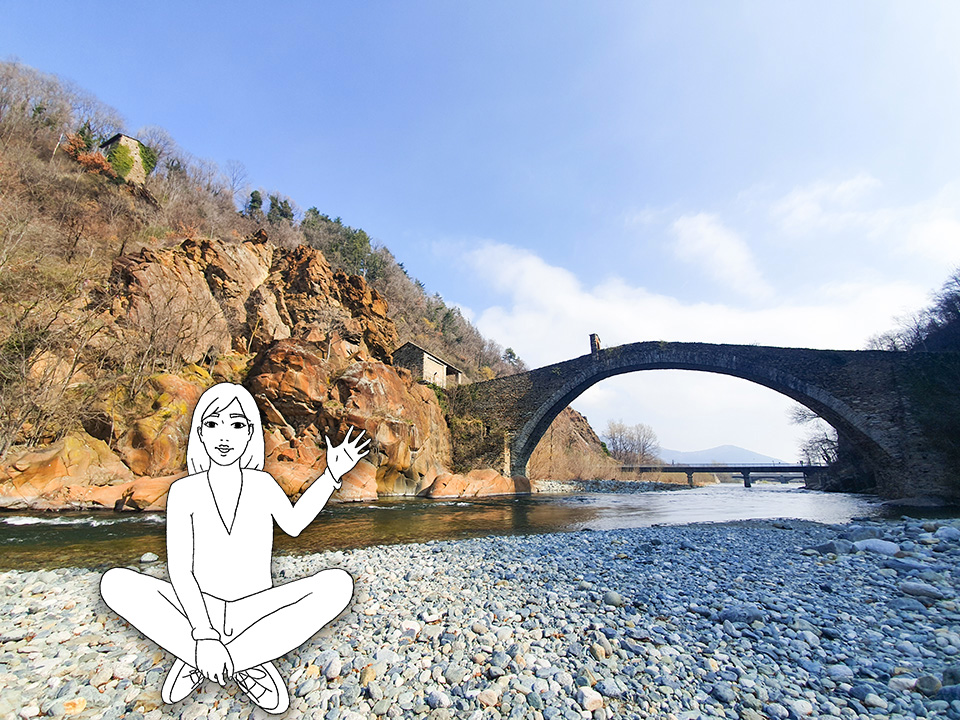Just over an hour from the holiday house Cascina 6b, after crossing the border with the Aosta Valley, an imposing fortress stands out on a rocky spur: the Fort Bard. This majestic bastion, already visible from the Strada Statale 26, is ready to tell its history and surprise anyone who decides to visit it. The fort represents one of the best examples of an early 19th-century barrier fortress and is part of the network of castles in the Aosta Valley.
Between past and present
The strategic position of the Fort, placed at the entrance of the Aosta Valley, has made this place a fundamental point of control since Roman times. In 1800 the previous medieval castle was almst completely destroyed by Napoleone Bonaparte, however the current structure was built between 1830 and 1838 at the behest of Carlo Felice of Savoy.
After a long period of abandonment, the fort was completely restored and since 2006 has been transformed into a cultural hub of reference, hosting museums, exhibitions and events of international importance.
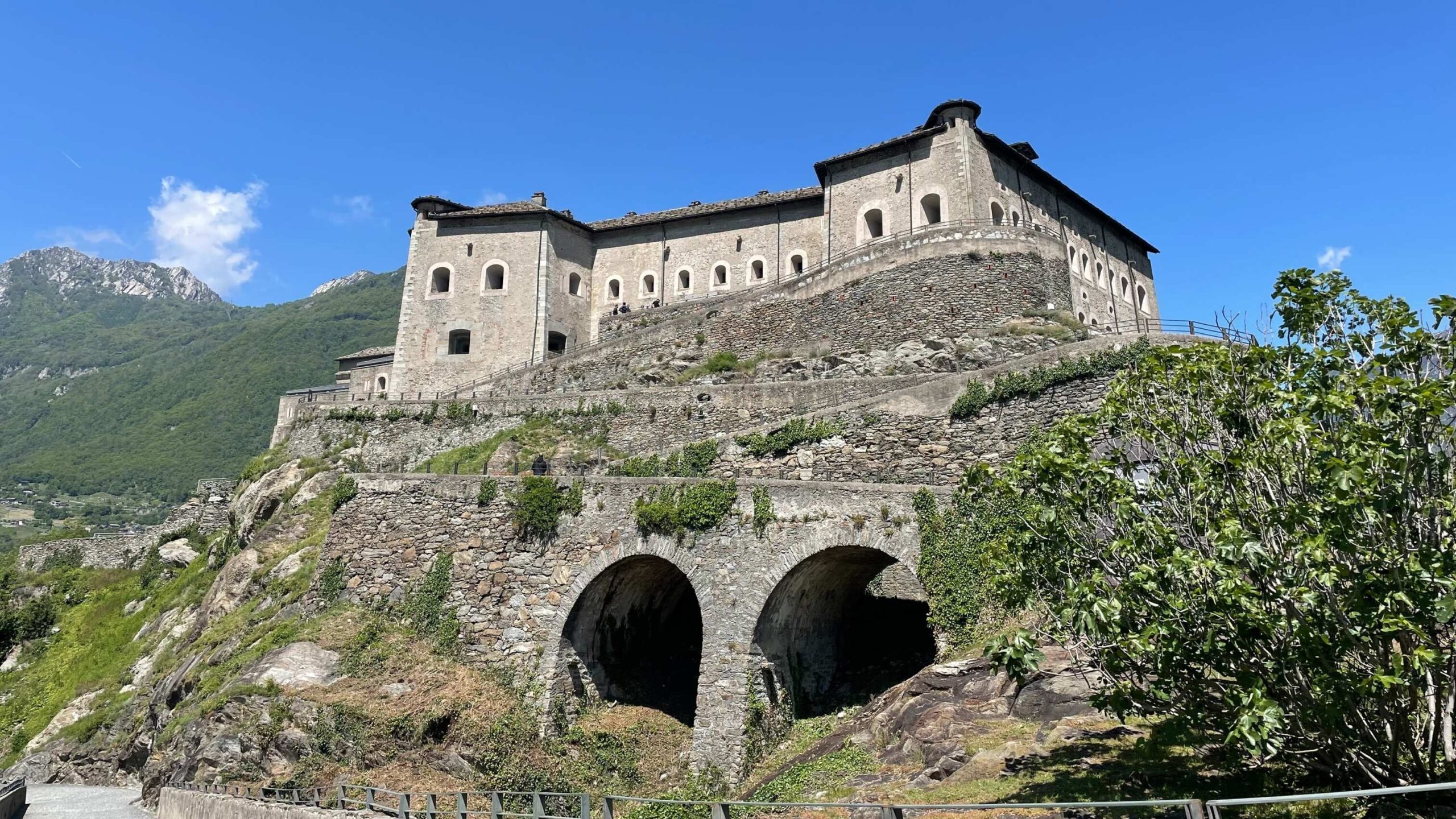
The visit: a three-level journey
The Fort Bard is spread over three principals levels, distributed between 400 and 467 metres above sea level, each with its own identity and exhibition proposal:
The Opera Ferdinando, at the lowest level, has the shape of pincers and is made up of the Inferior Opera Ferdinando and Superior Opera Ferdinando. Here are hosted the rooms of the Museum of Fortifications and of Frontiers, which illustrate the history of military defenses and the perception of the borders over the centuries. Nearby, the Mortai Opera and the adjacent Polveriera with a 70-seat auditorium, host temporary exhibitions, enriching the cultural offering of the complex.
Continuing, about halfway up the fortress, stand the Vittorio Opera which houses The Chidren’s Alps, an area designed to involve the younger public (but not only) with interactive workshops that address issues such as climate change and the protection of the glacial areas. This space is an invitation to discover in a dynamic way the relationship between man and the Alpine environment.
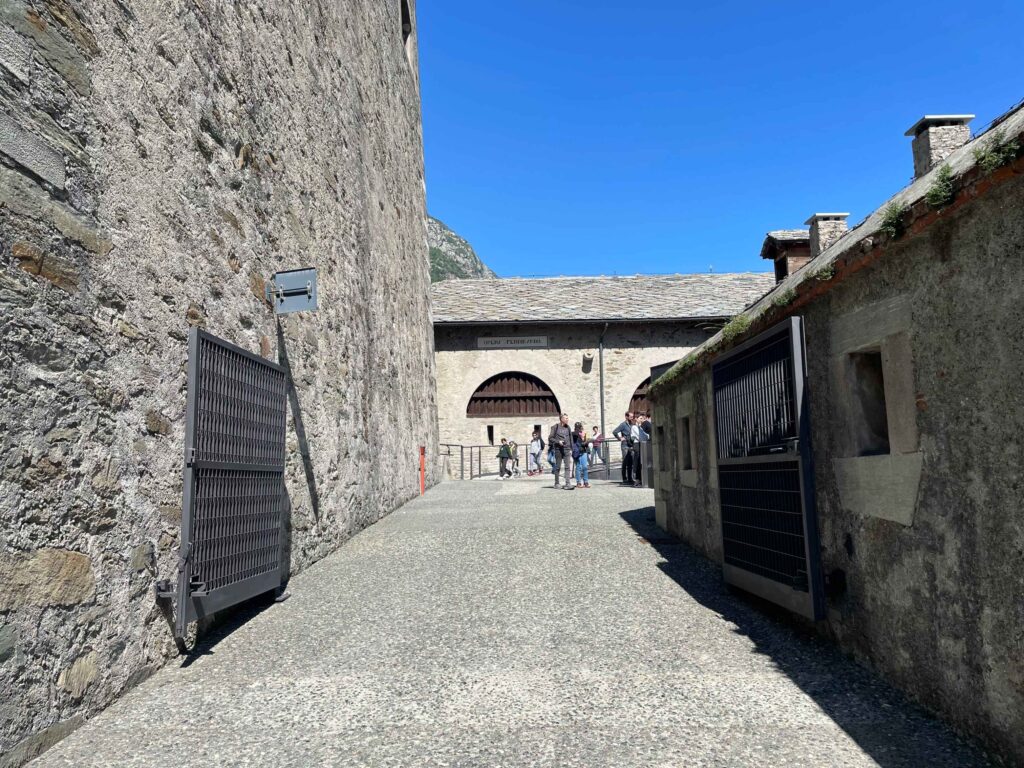
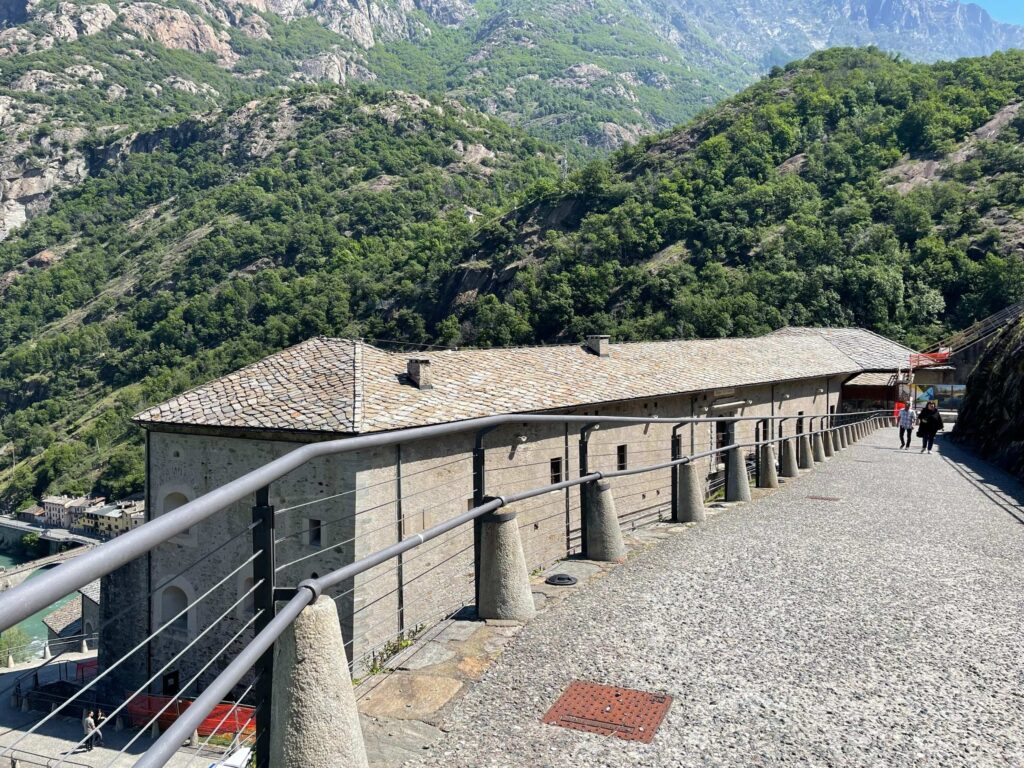
At the top of the Fort
The Carlo Alberto Opera, the most imposing of the three works, represents the beating heart of the complex. Formed by a wall on which all the buildings lean on, here you will find the Museum of the Alps, a multimedia path that tells the story, the traditions and the natural beauty of the Alps. The Piazza d’Armi, a large open space, surrounded by an elegant portico, hosts temporary exhibitions, and the Espace Vallée Culture.
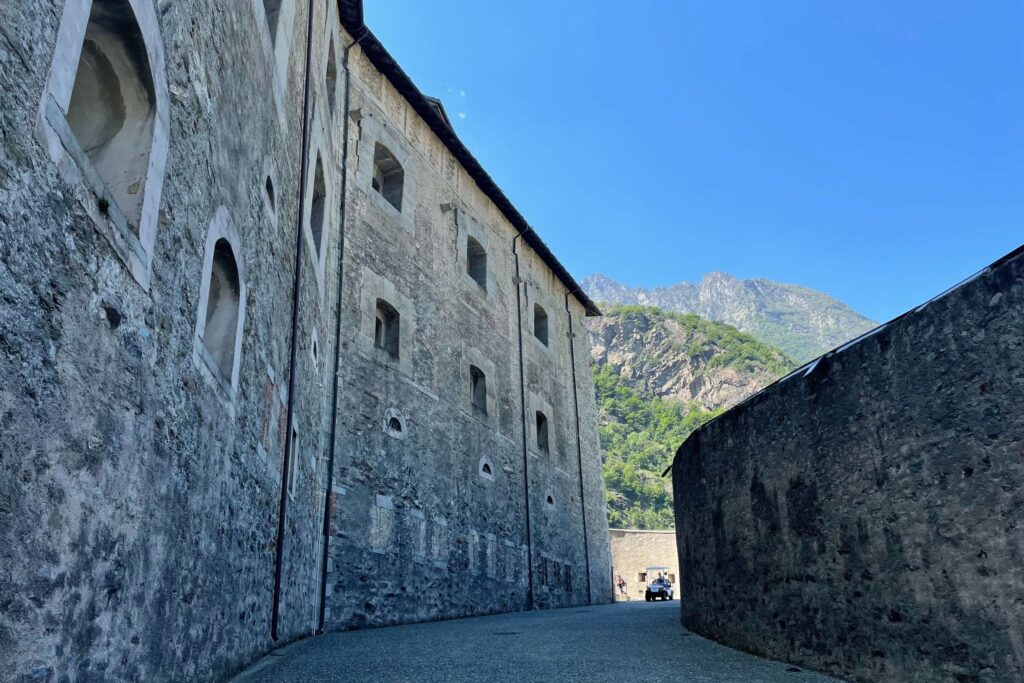
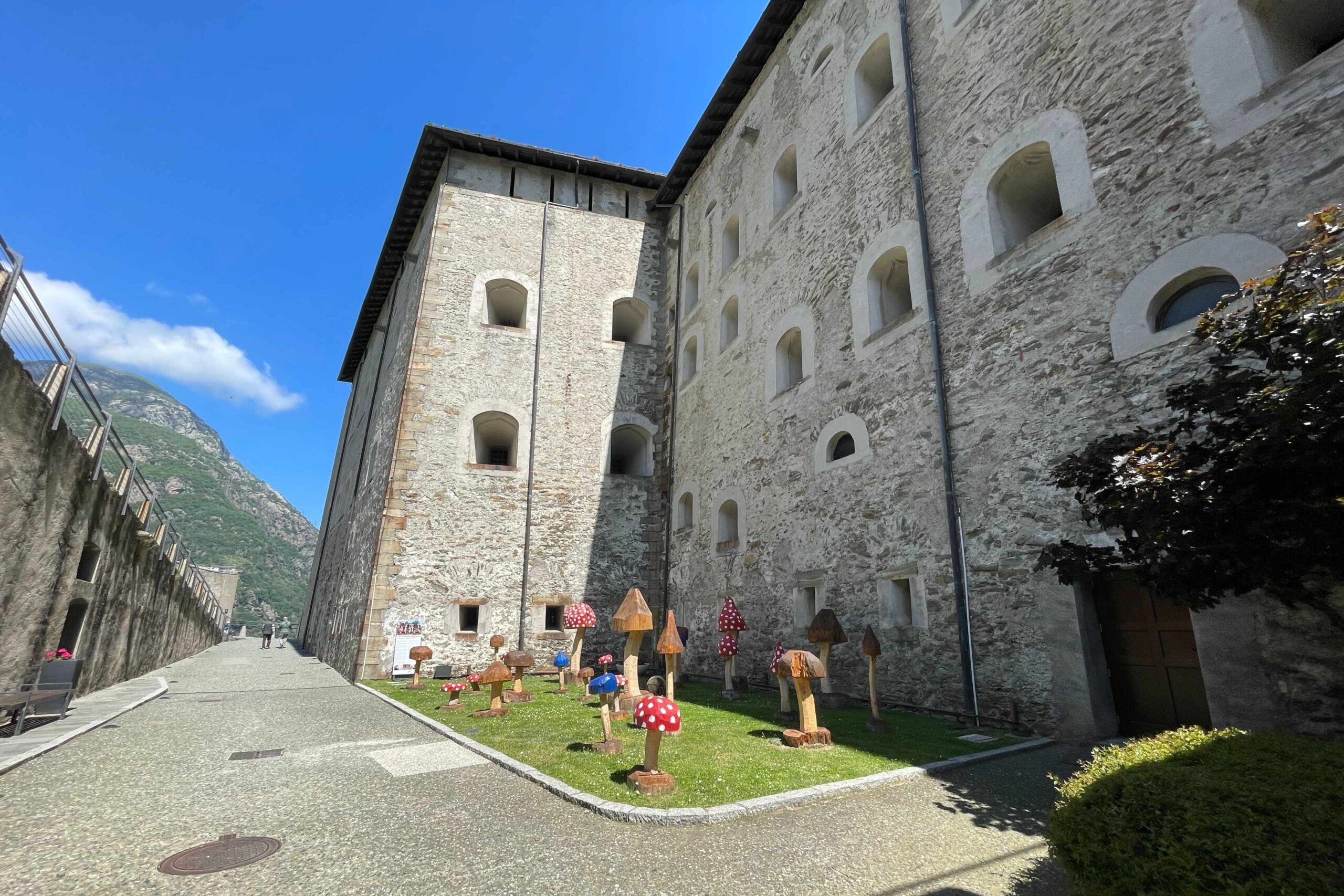
Inside the Opera there are also the Prisons, 24 detention cells, of very small dimensions, arranged along four sections where prisoners were locked up. During the nineteenth century they came to host dozen of prisoners, and were then transformed into food warehouses for the fortress. This space hosts a multimedia path dedicated to the history of the fortress.
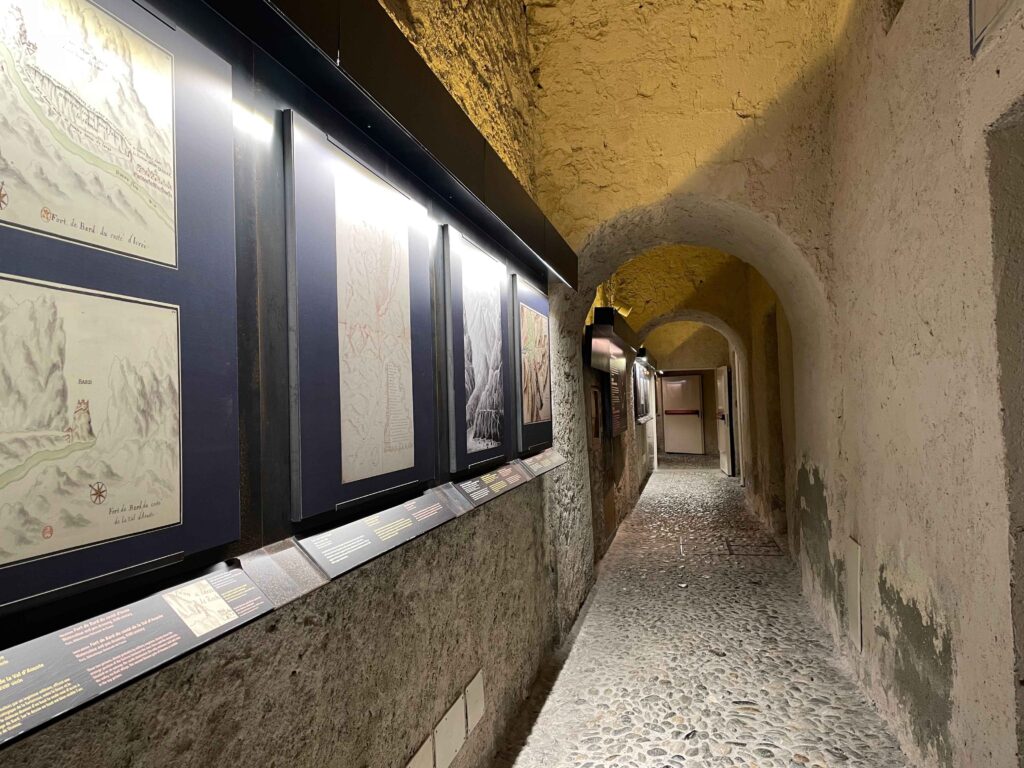
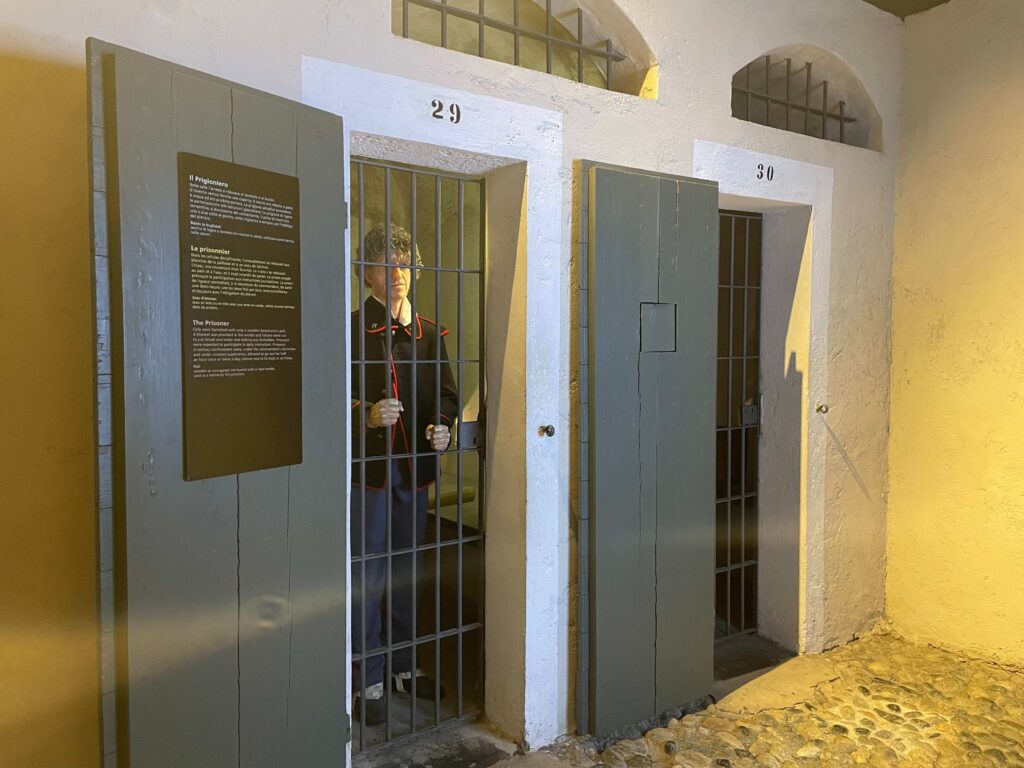
How to visit the Fort: by the panoramic elevator or on foot?
To access the various levels of the Fort Bard, you can choose between two methods: via the panoramic elevators, located in the Village Bard, which offer a spectacular view of the valley, or by following the pedestrian paths, characterized by well-marked trails, ideal for those who want to fully immerse themselves in the historical atmosphere and enjoy unique panoramic corners during the ascent or descent.
The average duration of the visit, which varies depending on the number of exhibitions and museums you intend to visit, is approximately 2-3 hours.
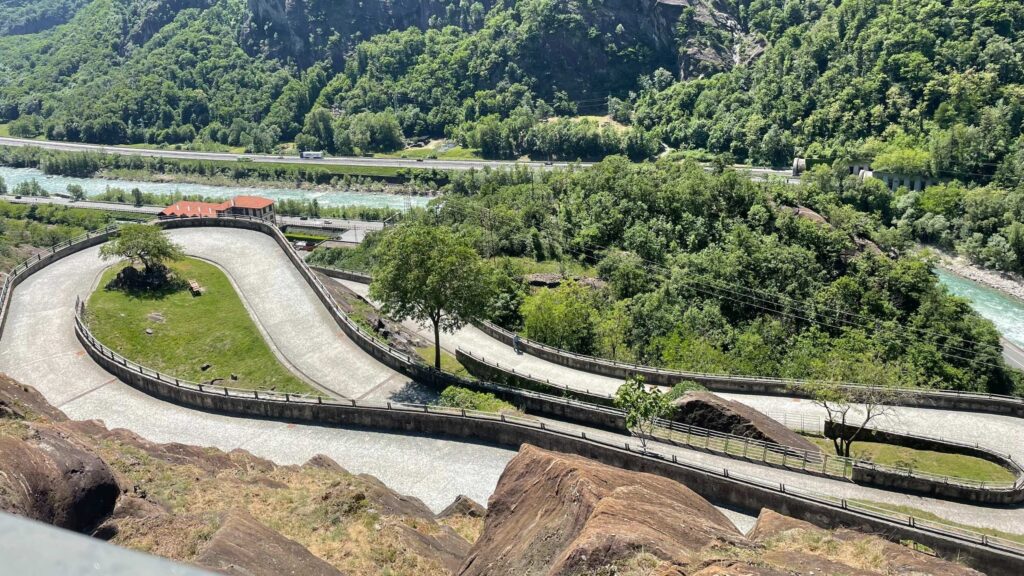
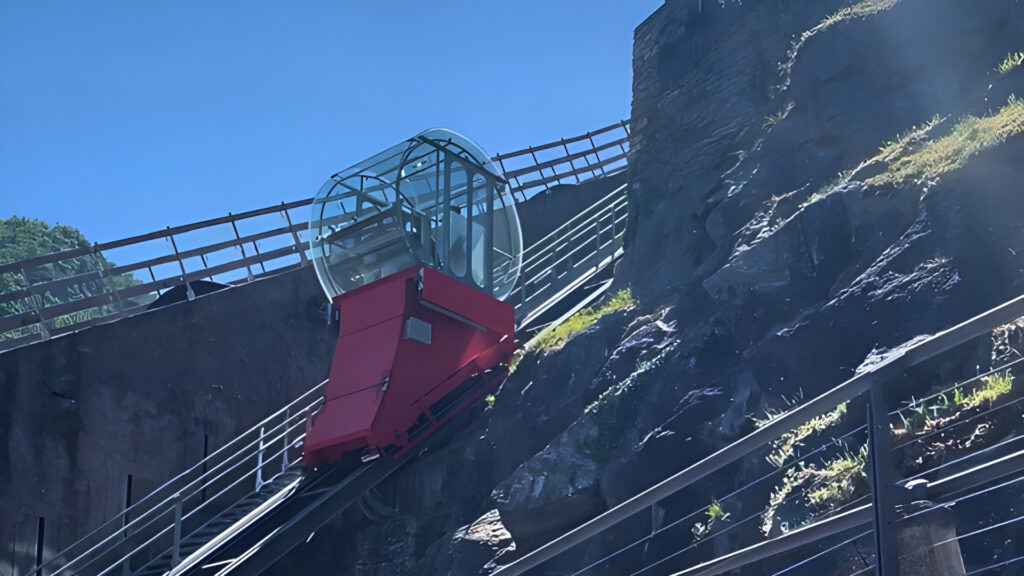
In conclusion, the Fort Bard isn’t only a historic site, but it’s a real journey into the cultural and military evolution of the Western Alps. If you are looking for a destination for a trip immersed in the history, in the nature and in the local traditions, this Fort is the perfect choice.
What are you waiting for! All you have to do is book a stay in one of our beautiful apartments and discover the majestic Bard Fort and what the area around Cascina6b has to offer!
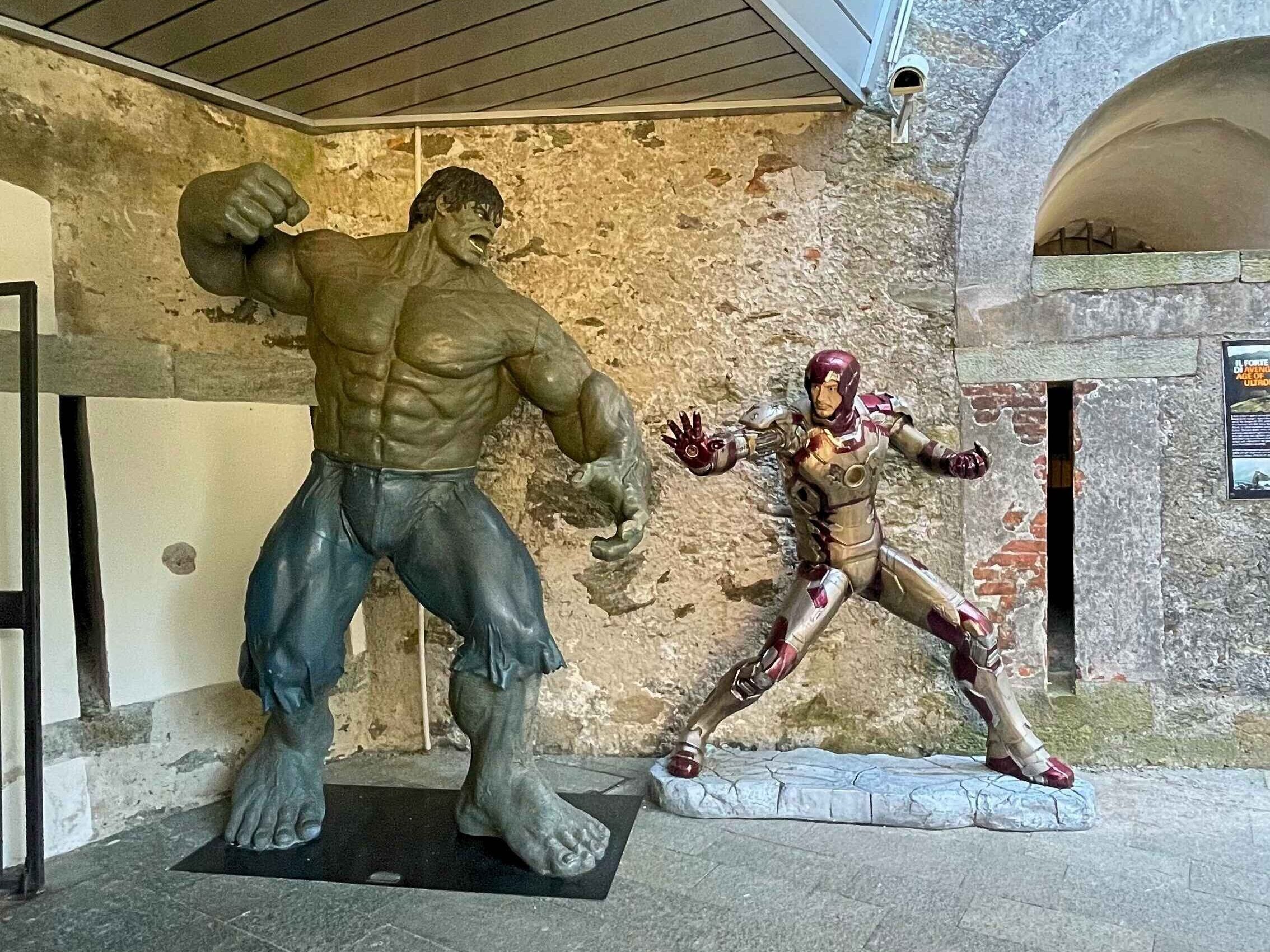
A curiosity
Did you know that Fort Bard was chosen by the Marvel to host some scenes of the film Avengers: Age of Ultron?
That’s right! In 2014, the set of the Fort was used for filming, creating an unexpected connection between military history and contemporary cinema. As evidence of this connection, near the third panoramic elevator you will find models and references to some of the characters in the film, an unmissable tribute for fans of the genre.
Points of interest
How to reach Fort Bard from Cascina 6b
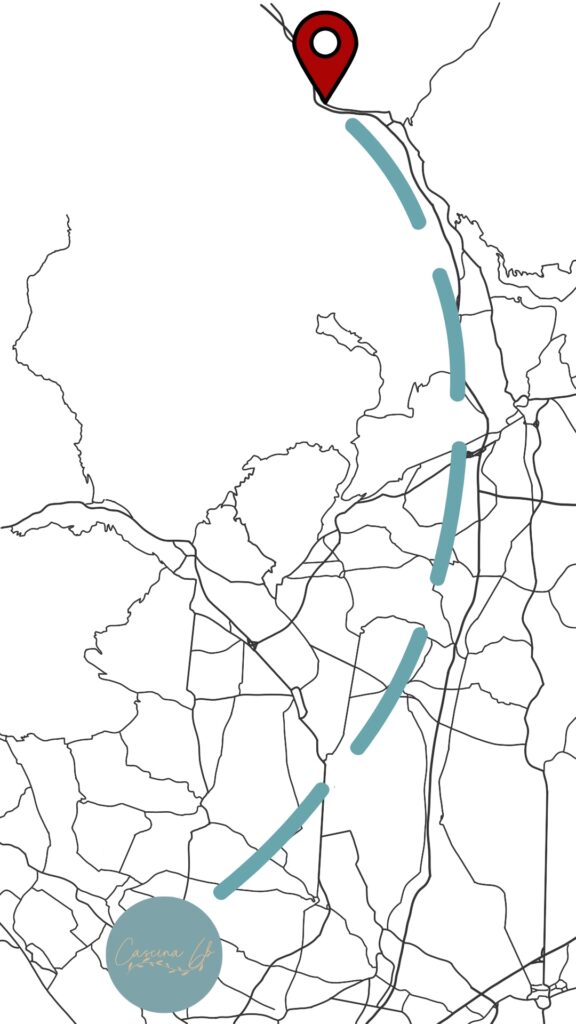
By car: Forte Bard is reachable in about an hour. You can leave the car in the multi-storey car park (for a fee) at the foot of the Fort.
Public transports: it’s a little more complicated to reach the Fort by public transport, but you can easily use the Cascina 6b trasnfert service which is very convenient!
Clothing kit
Casual clothes and comfortable shoes
All I have to do is wish you
GOOD VISIT🙂
Useful links
